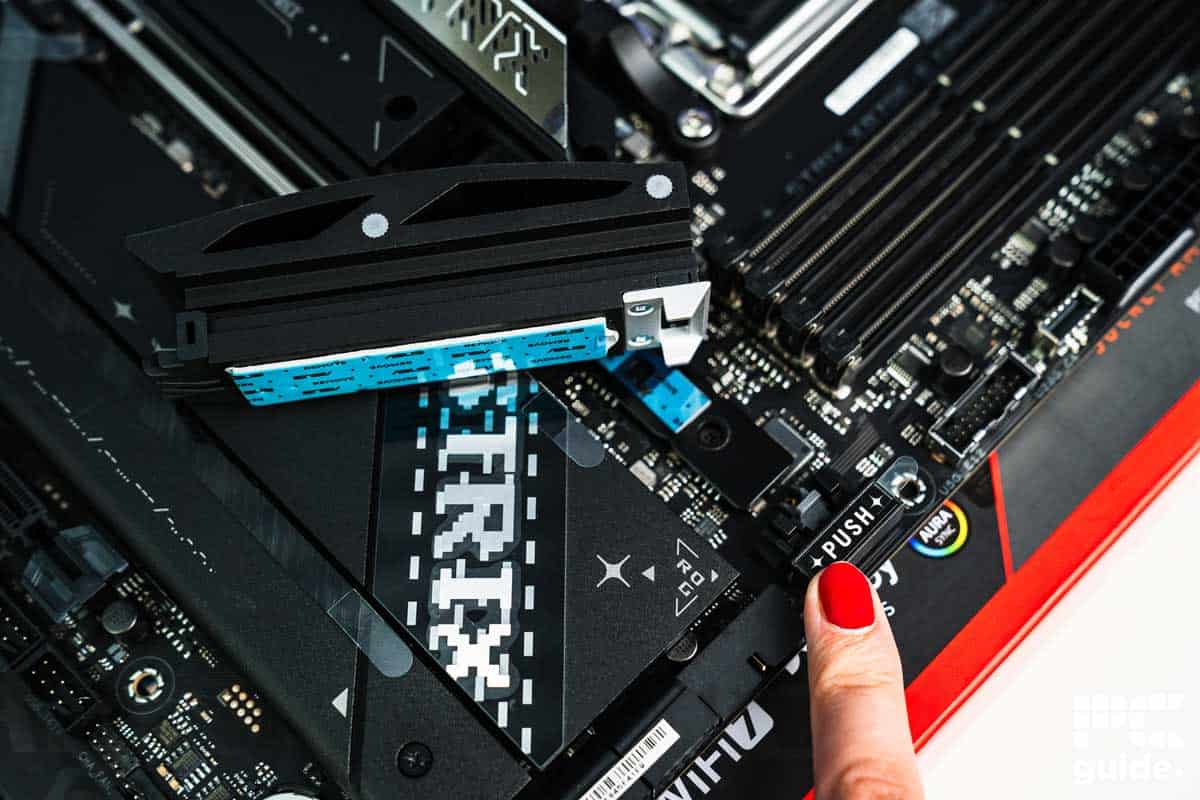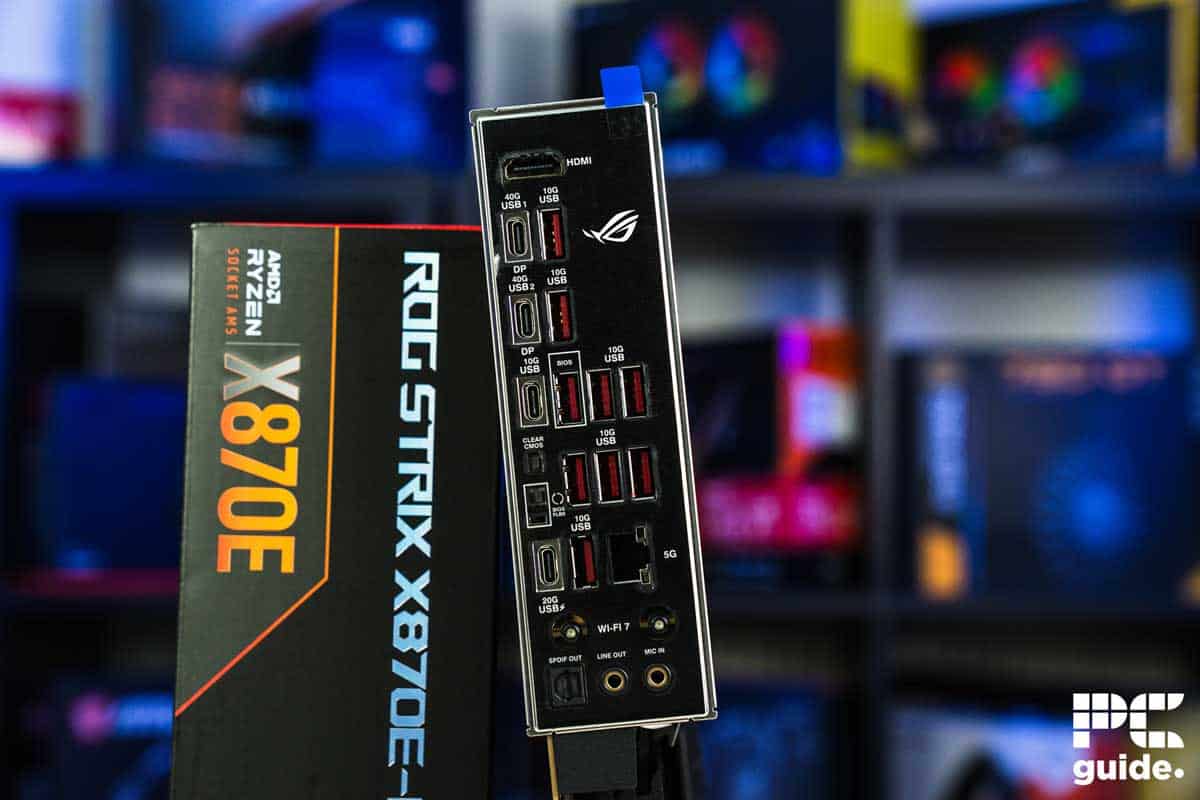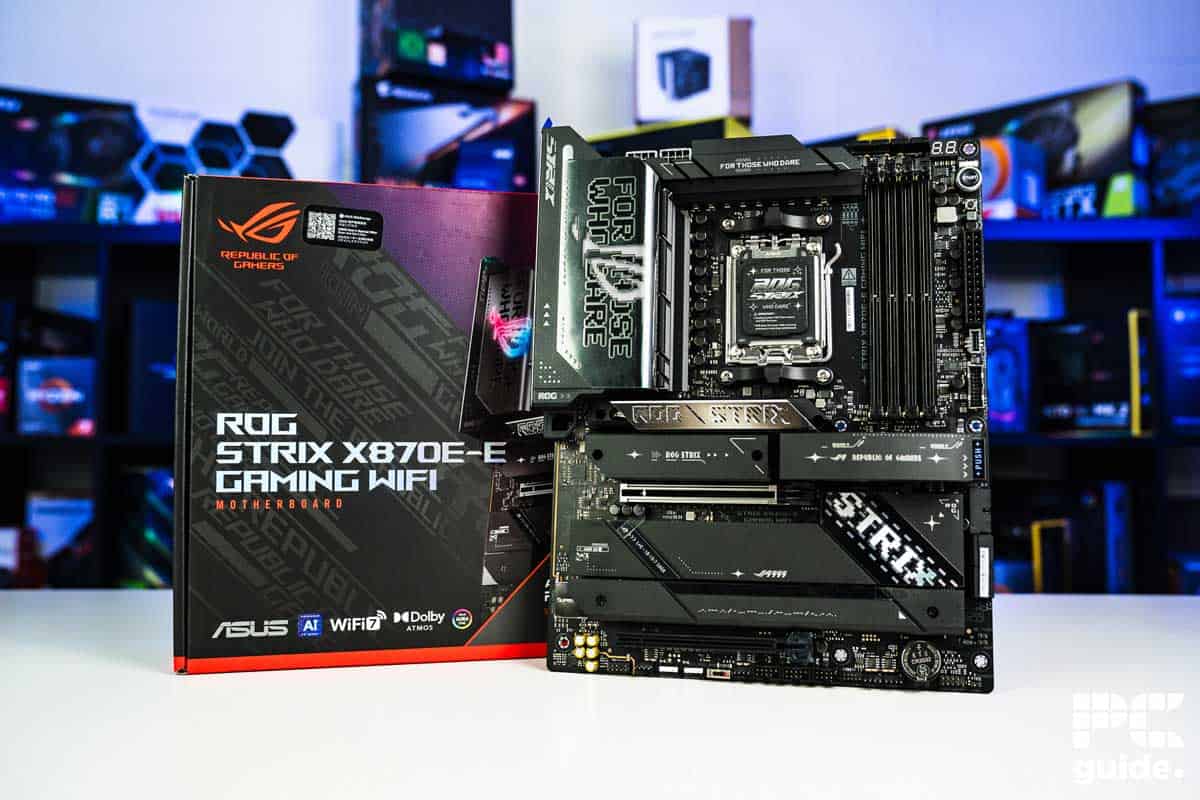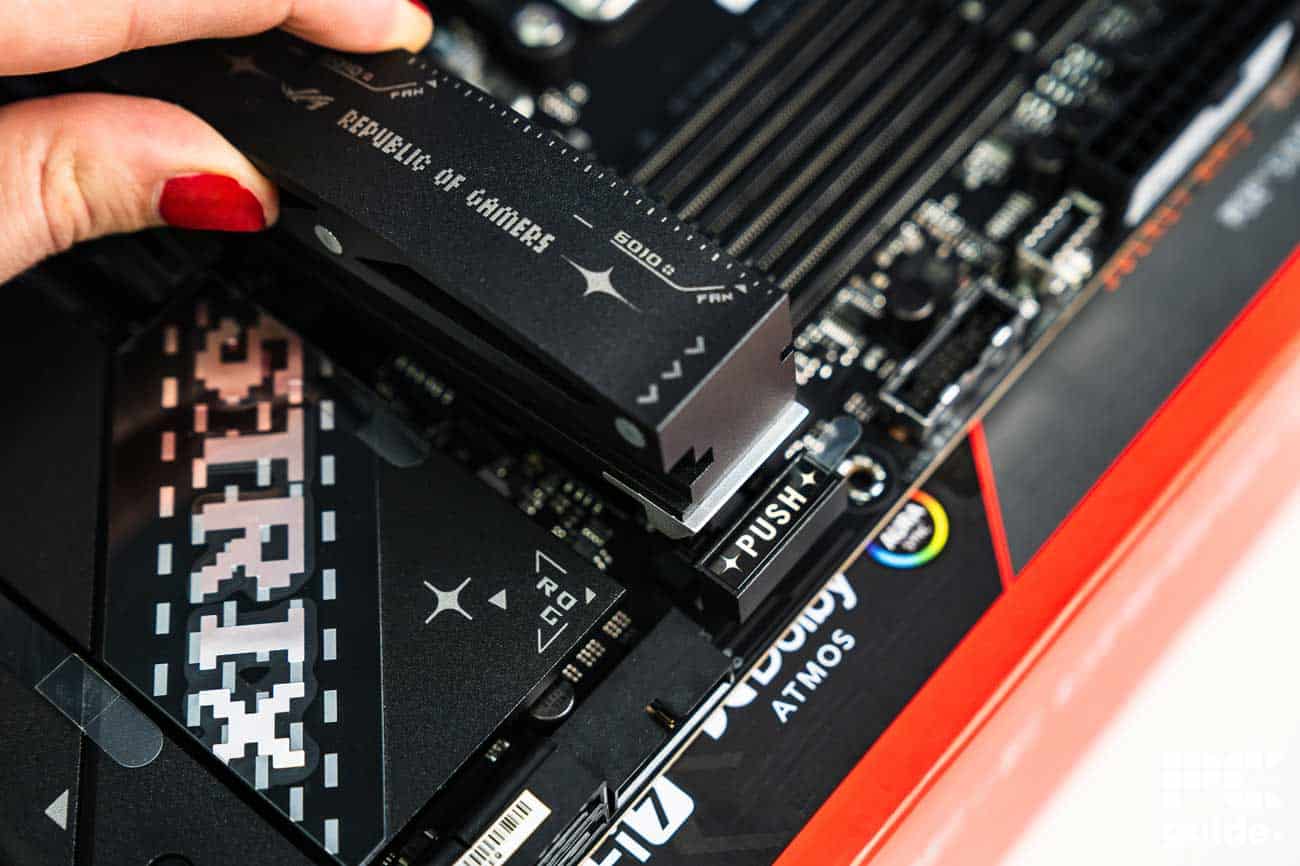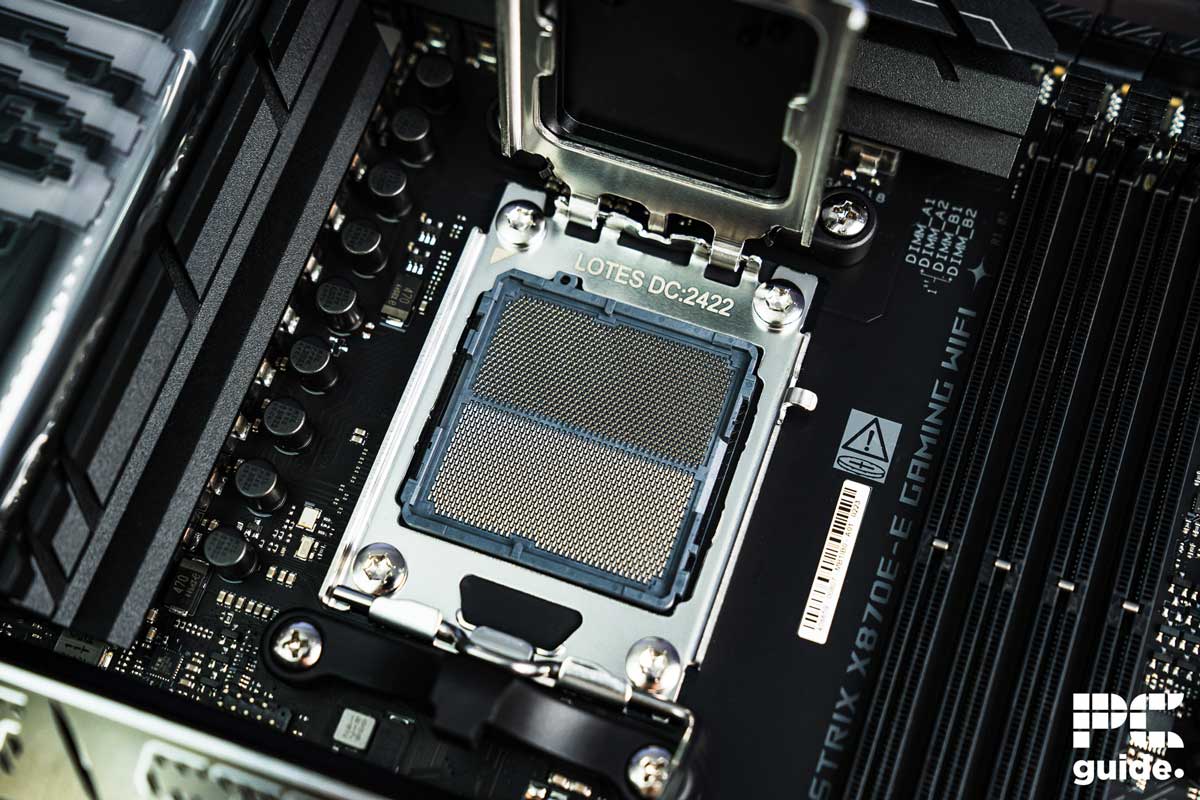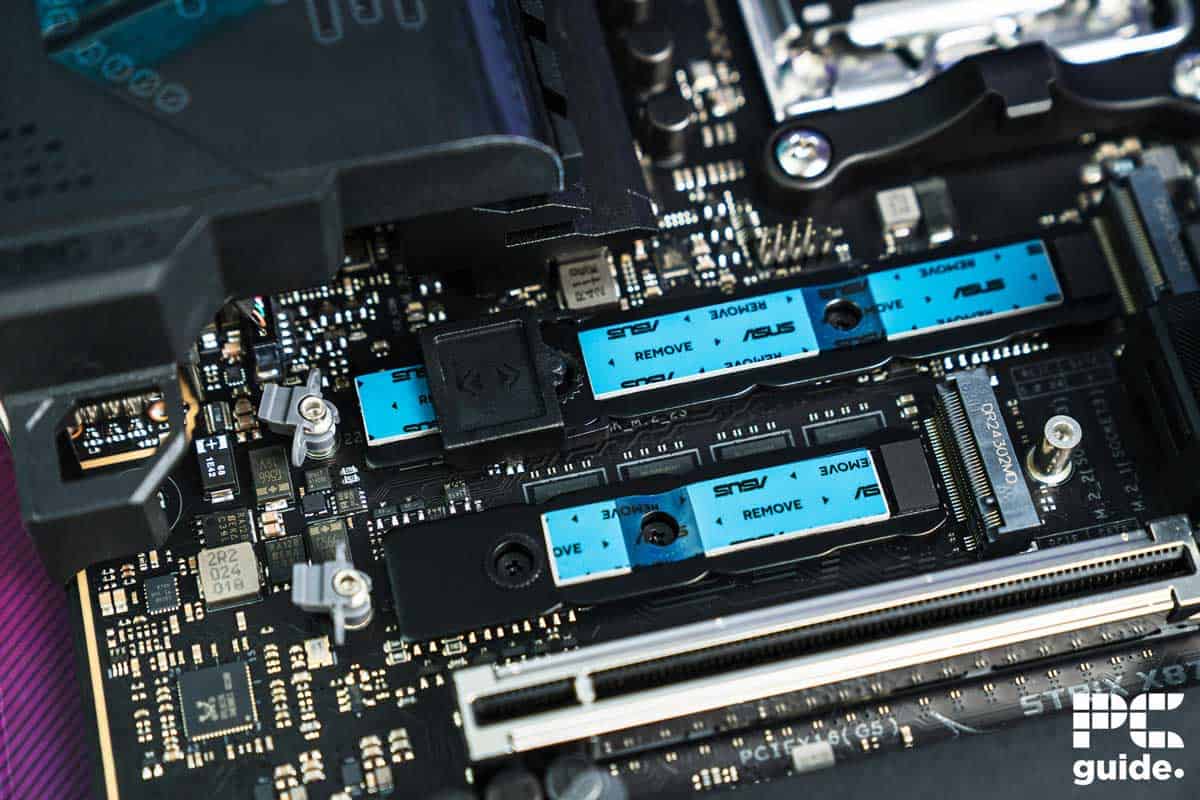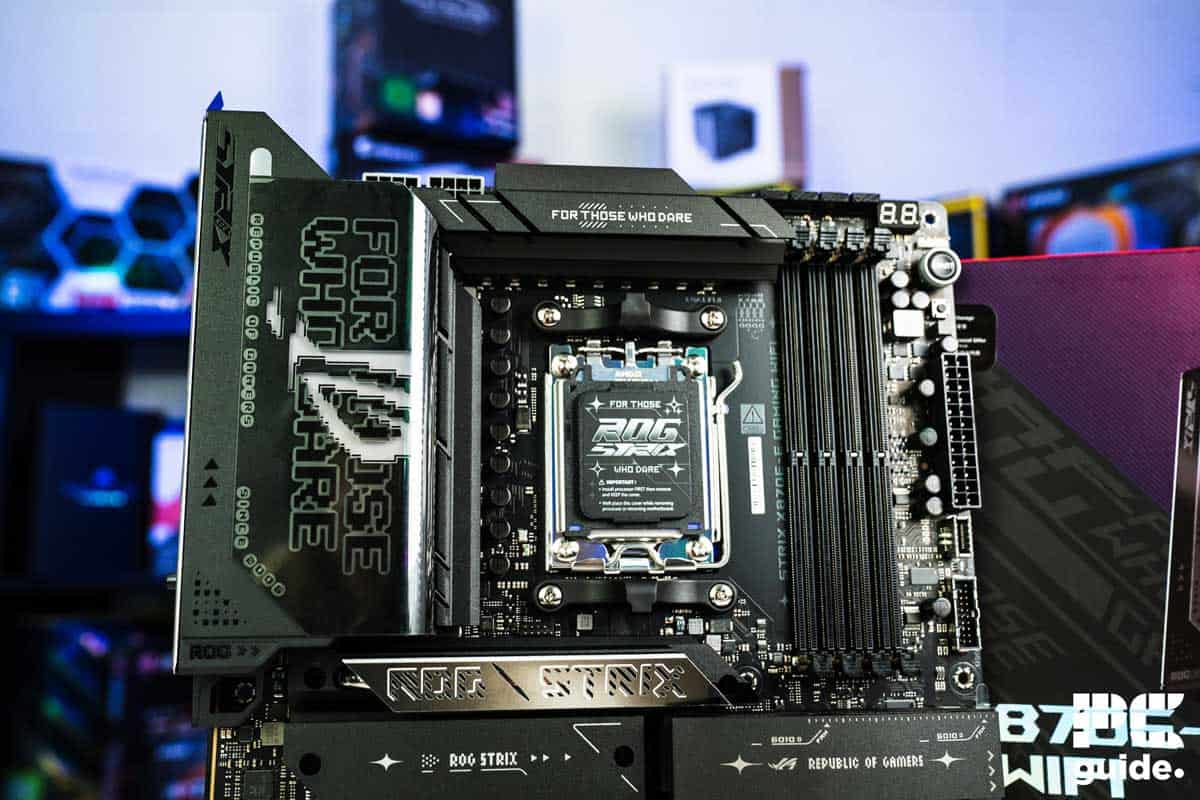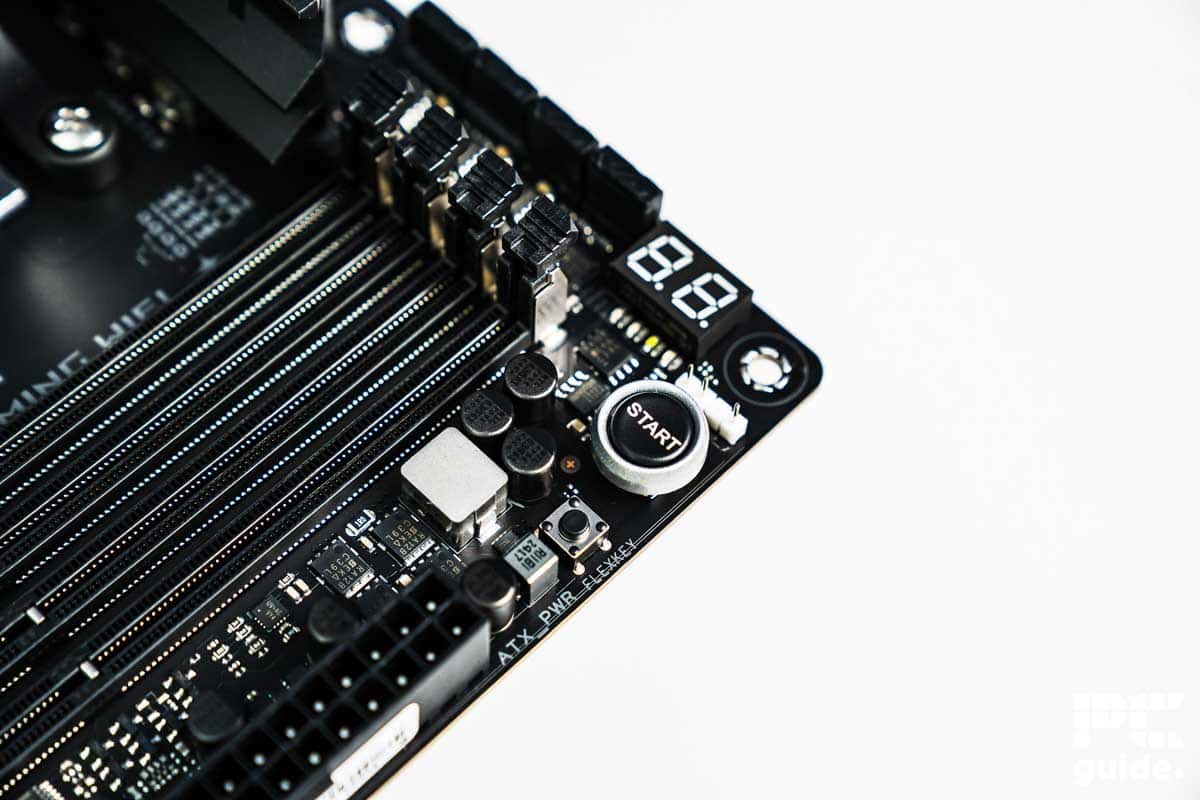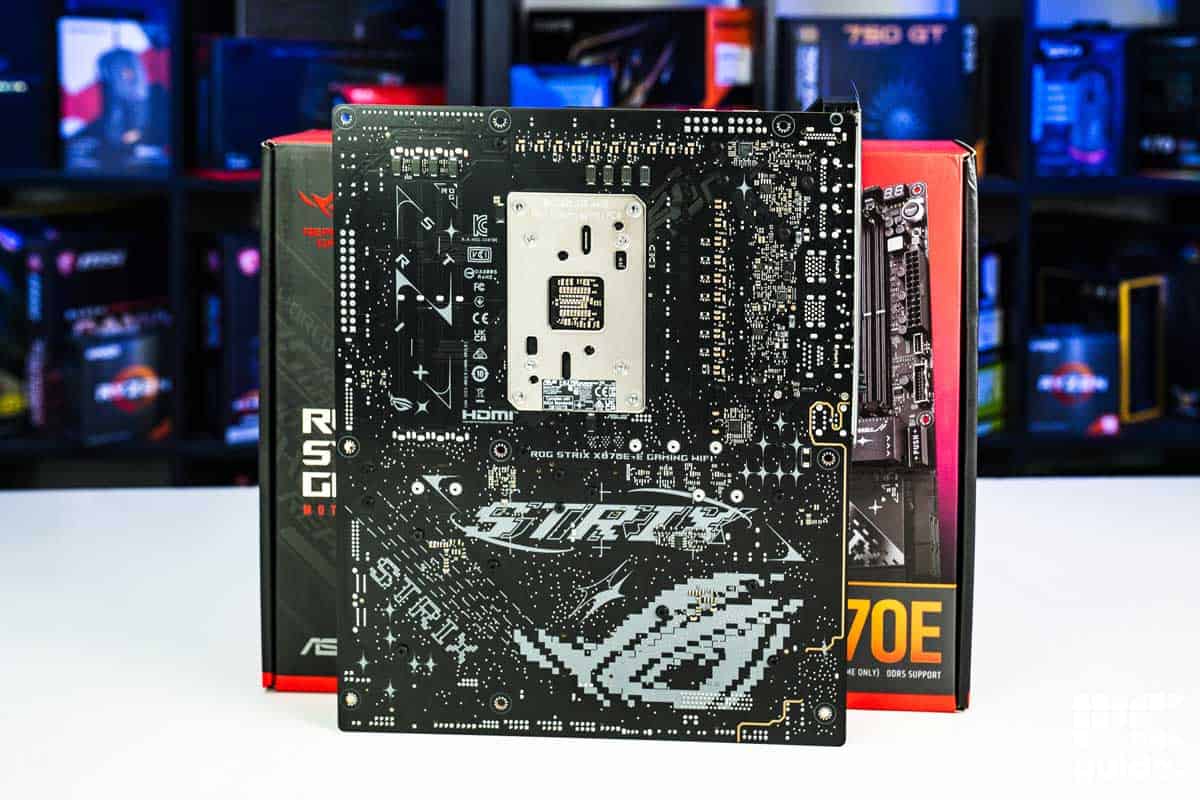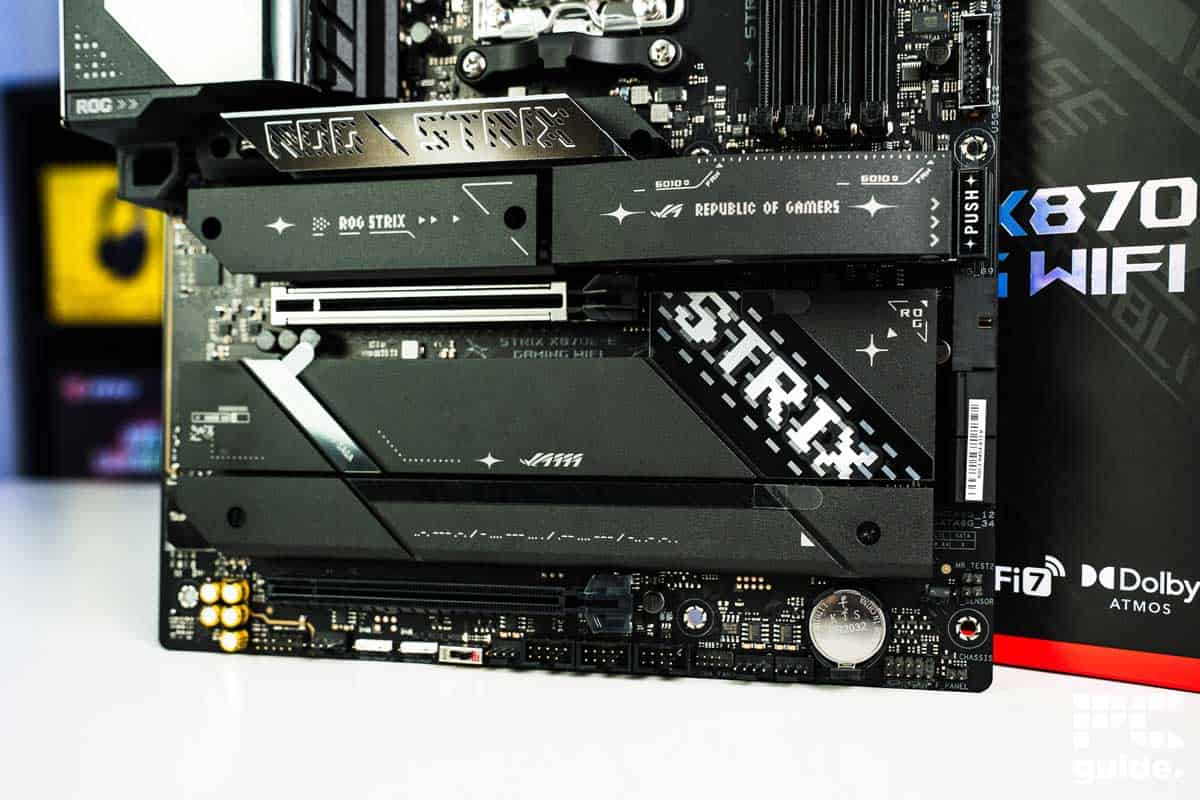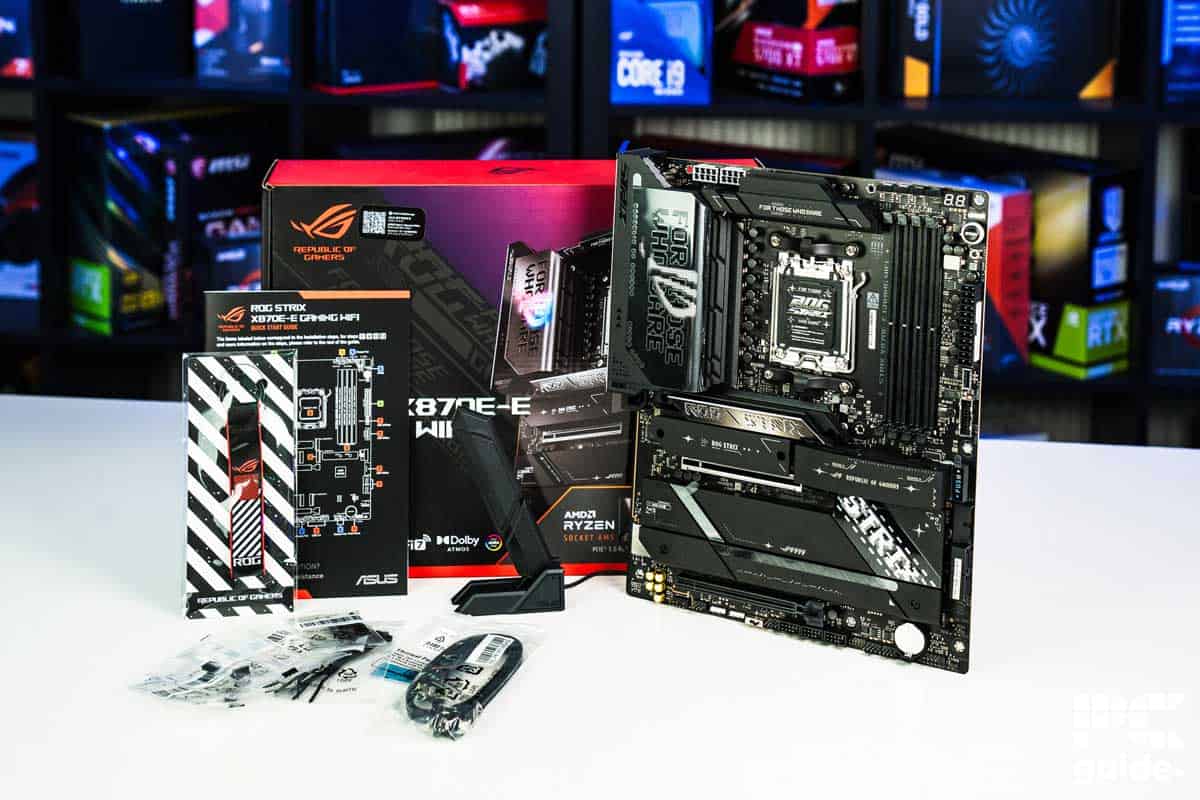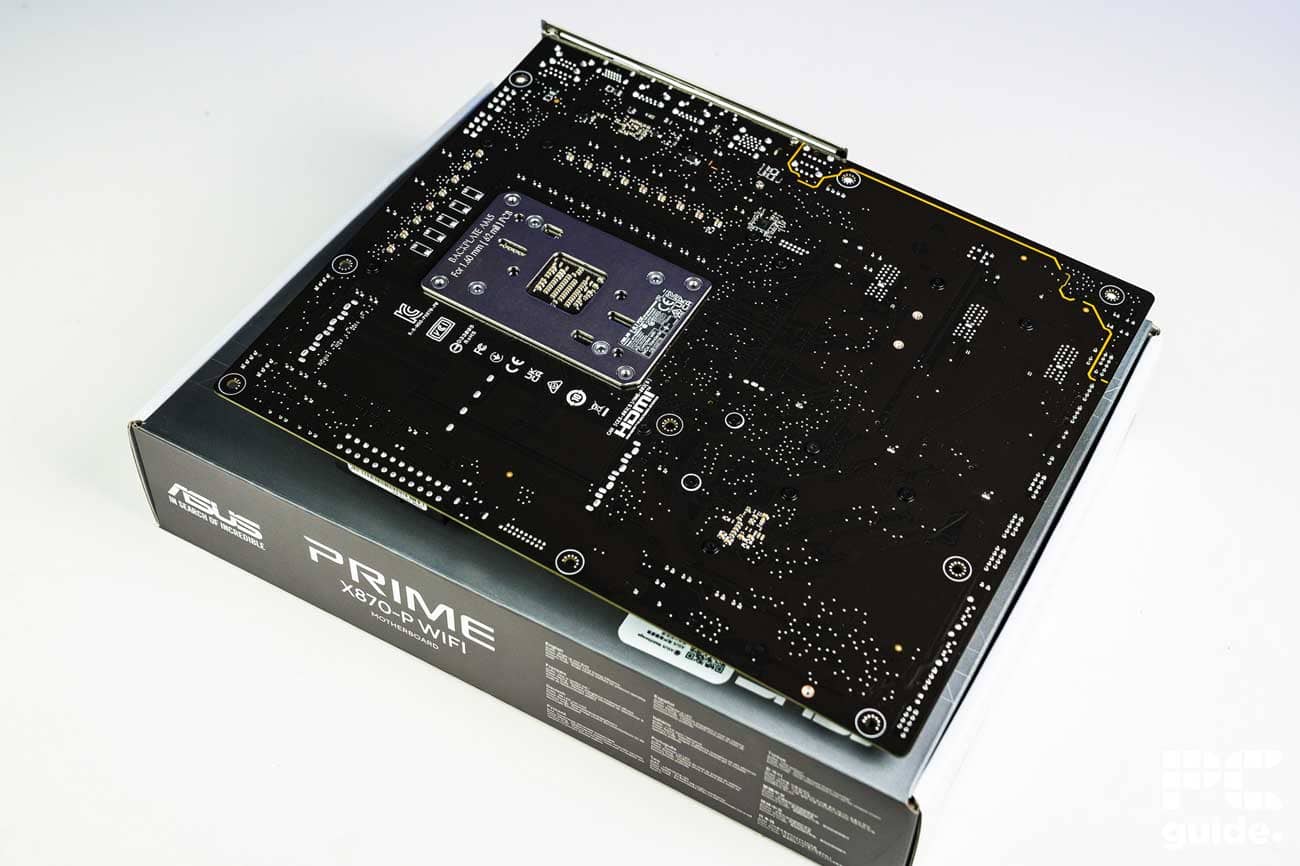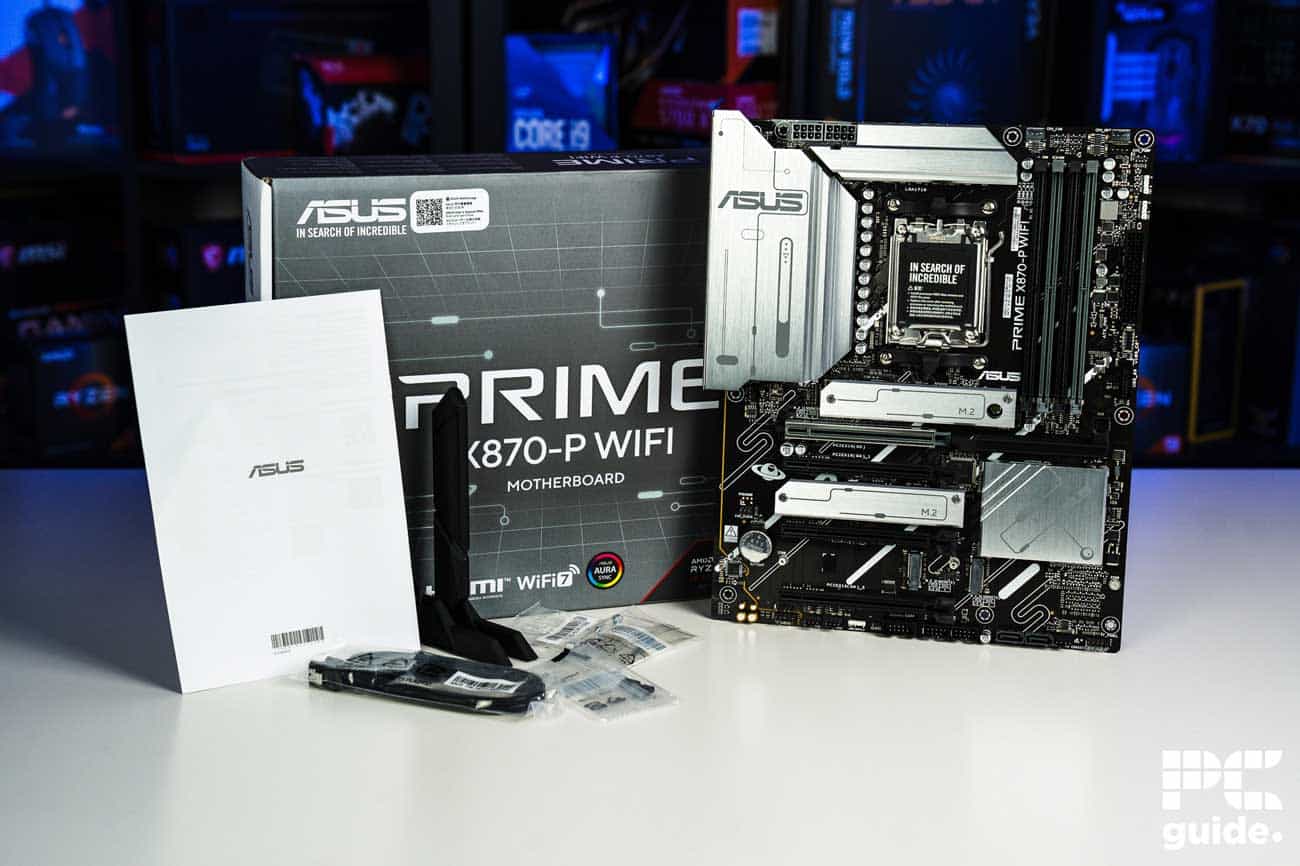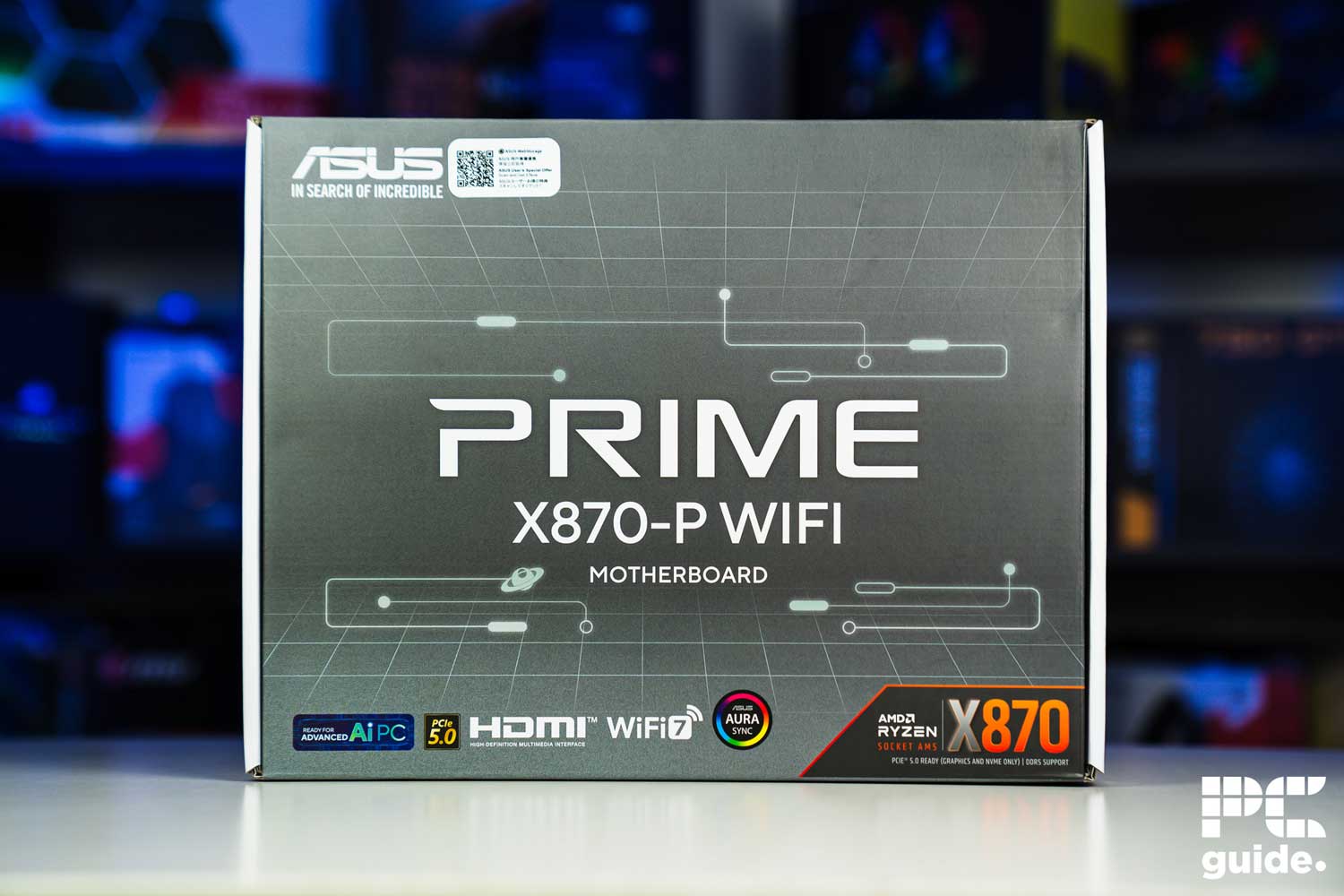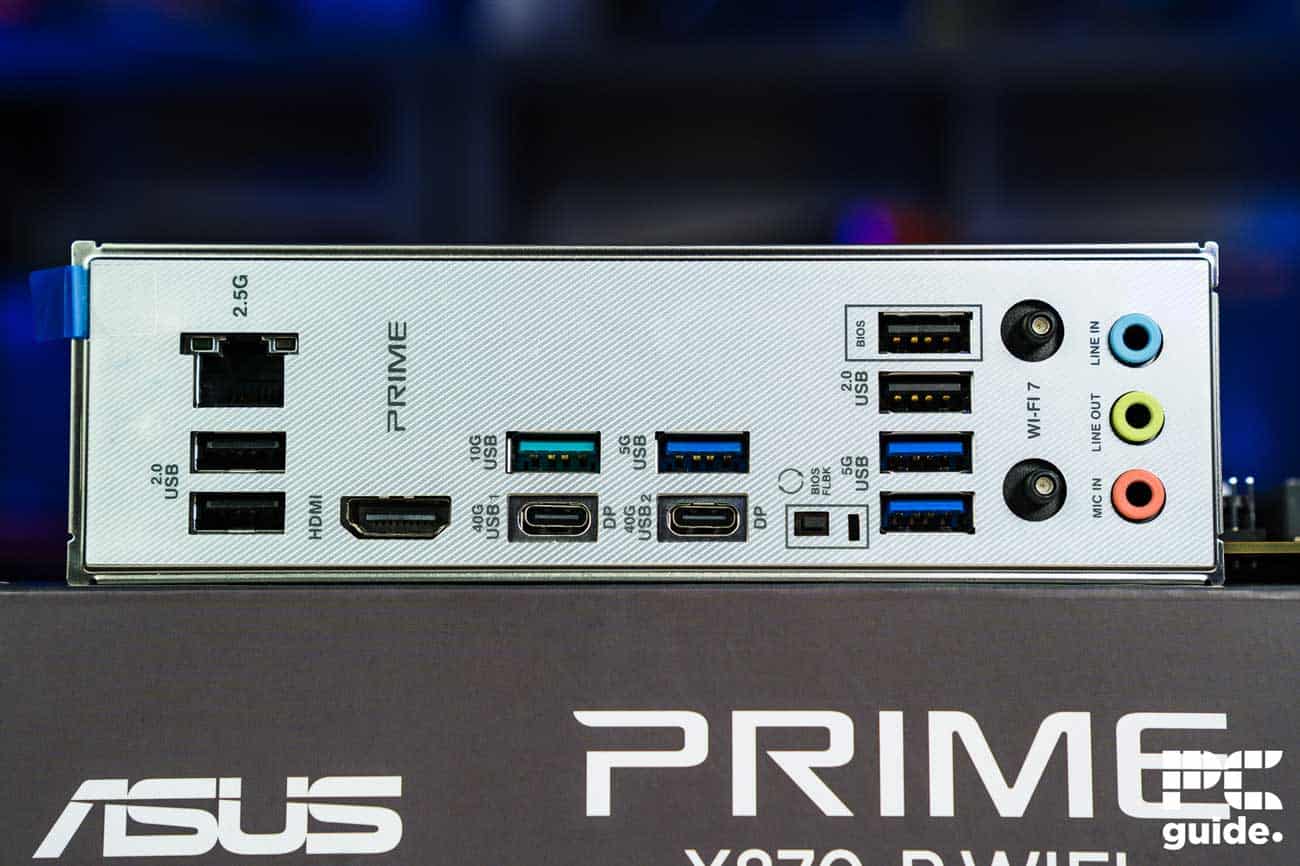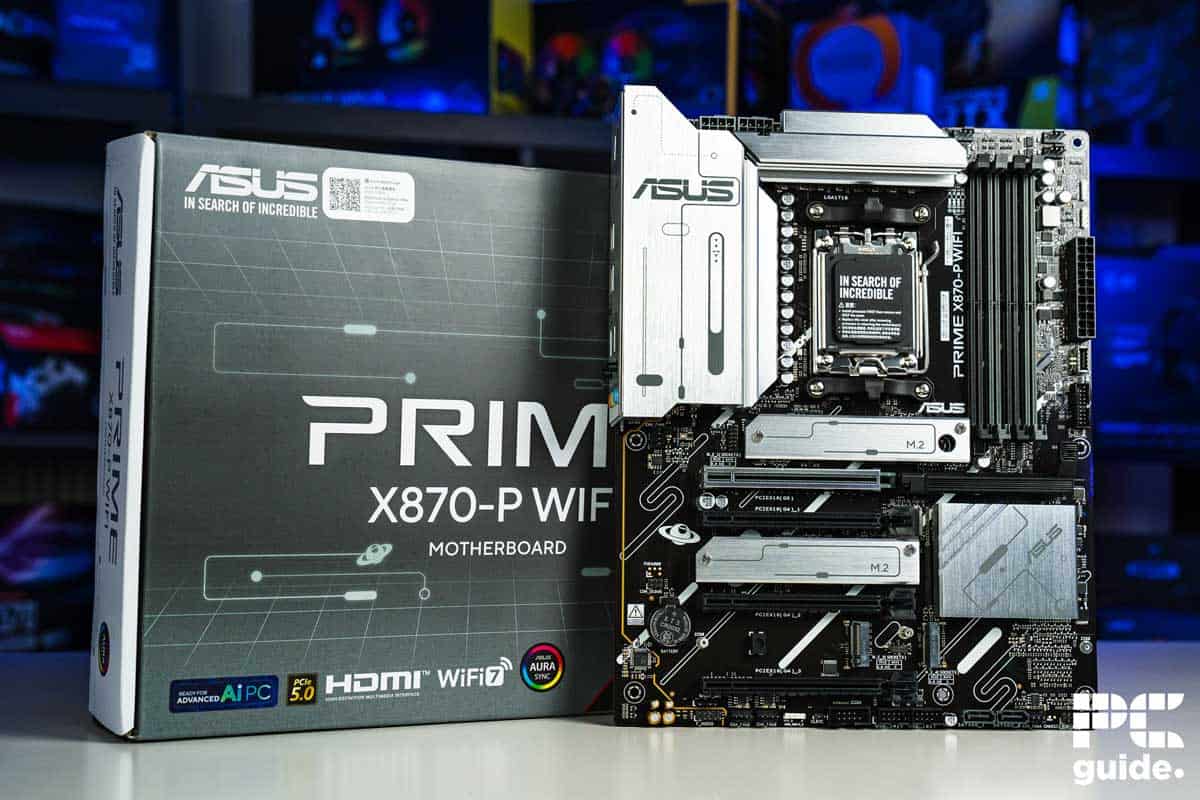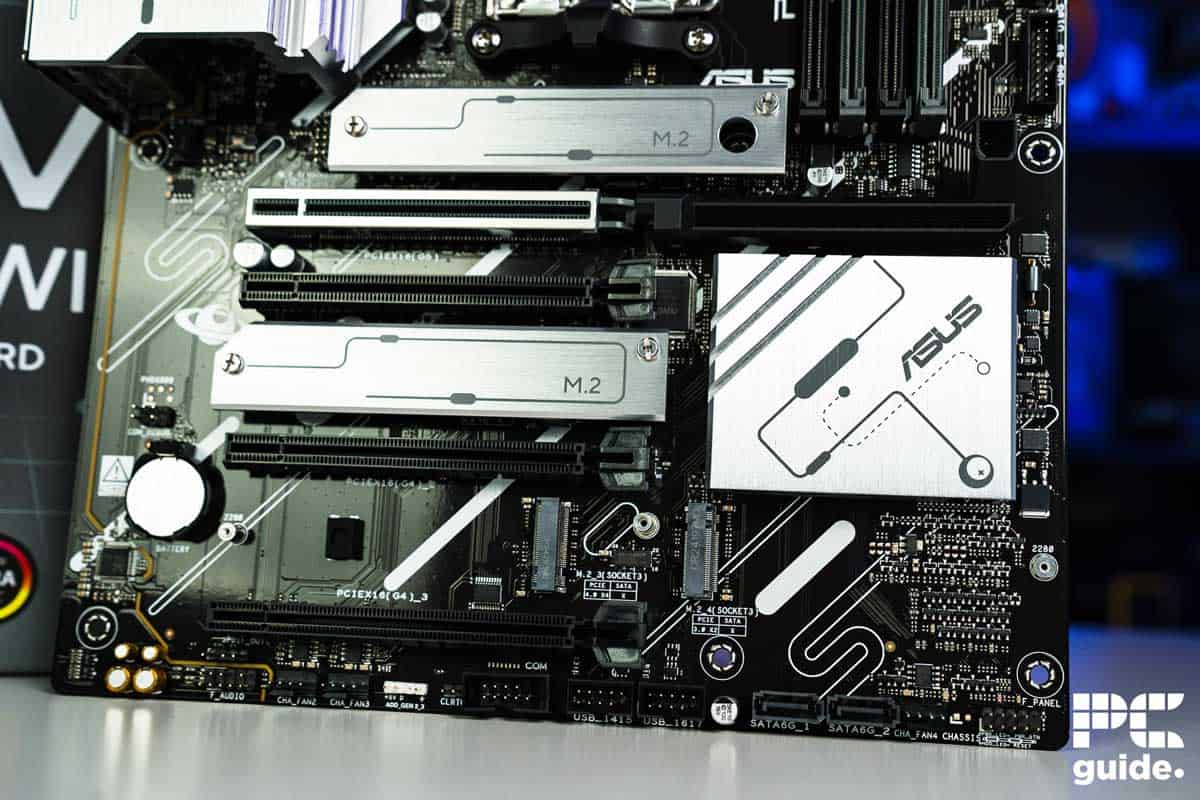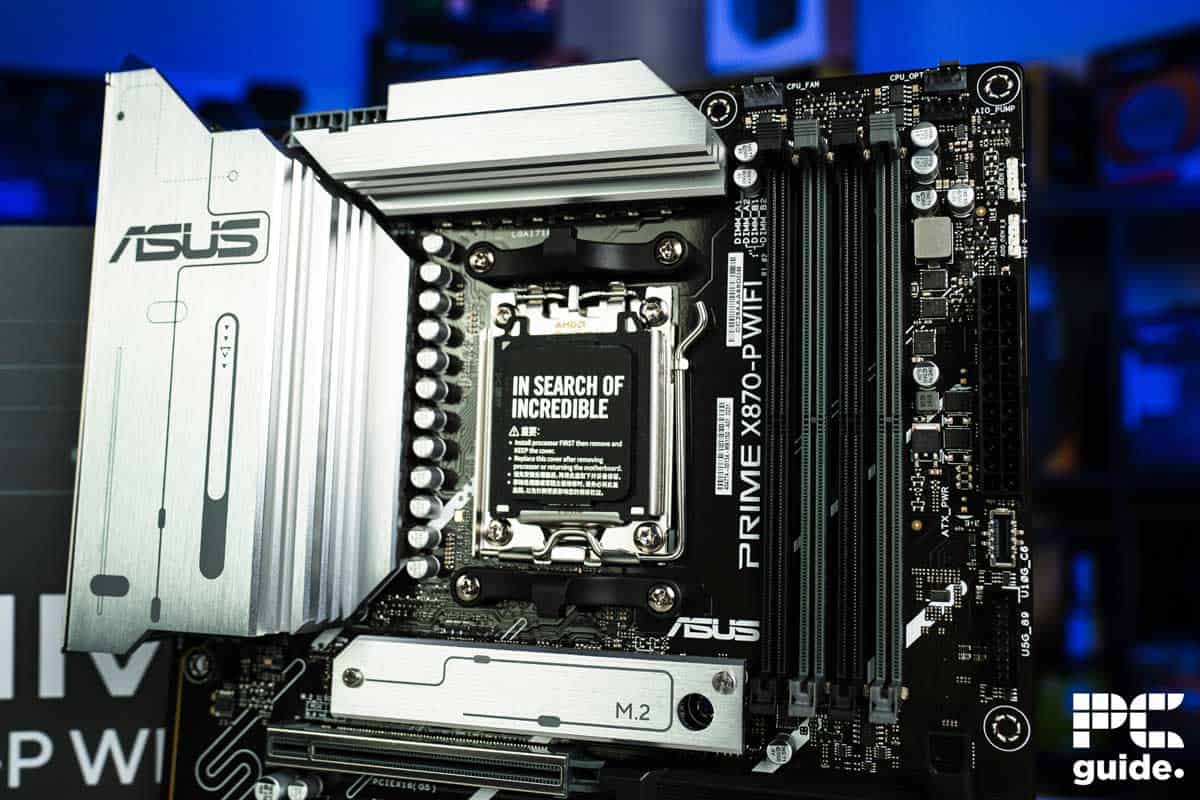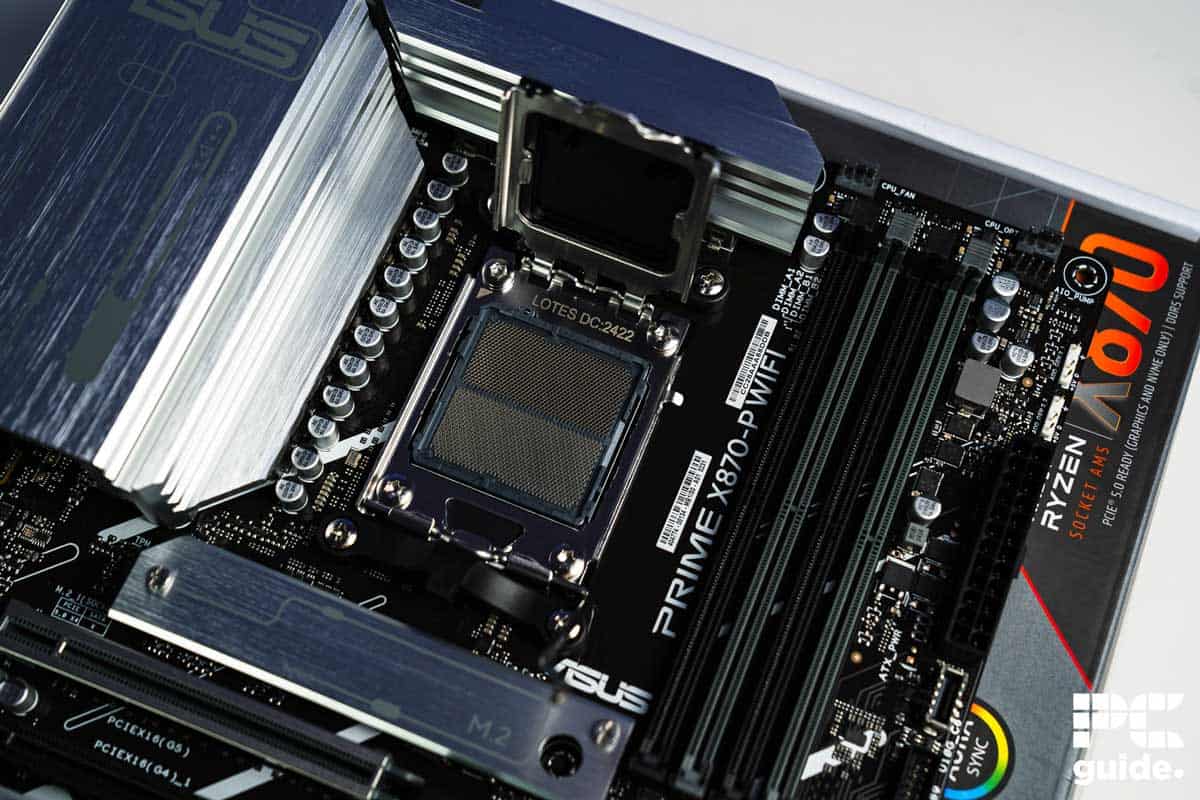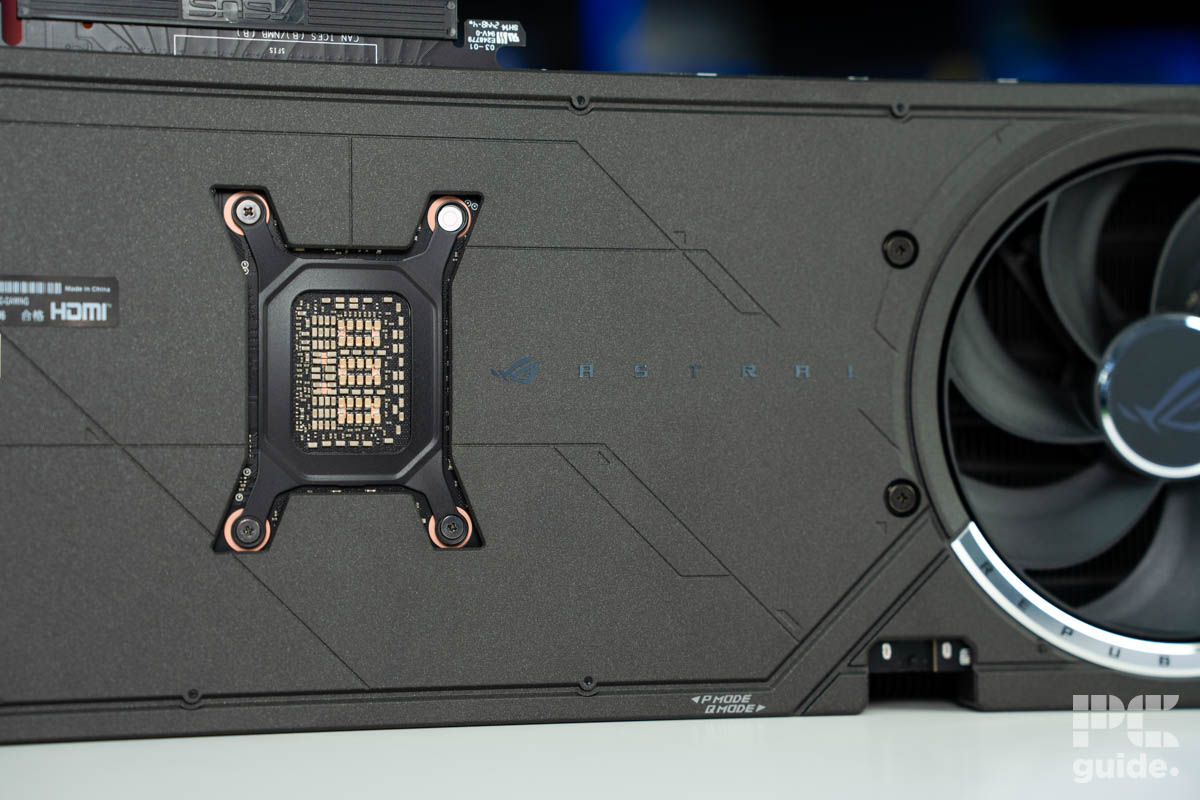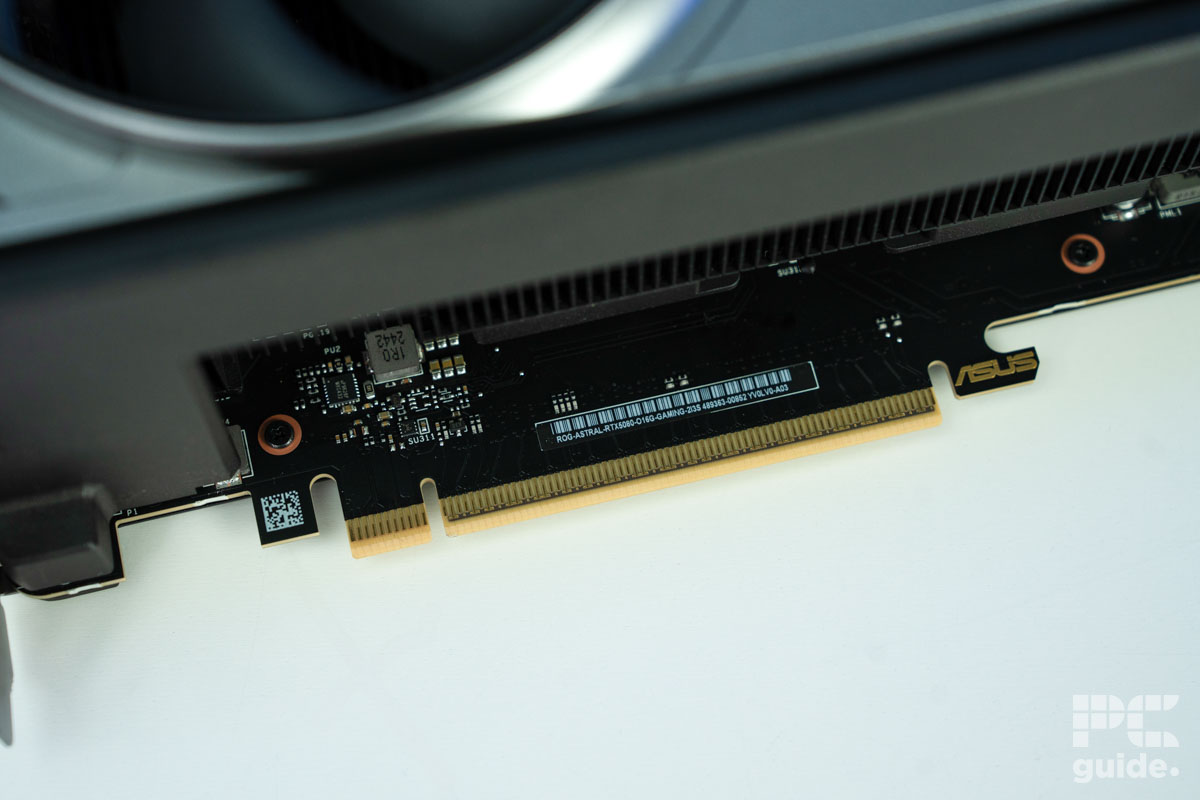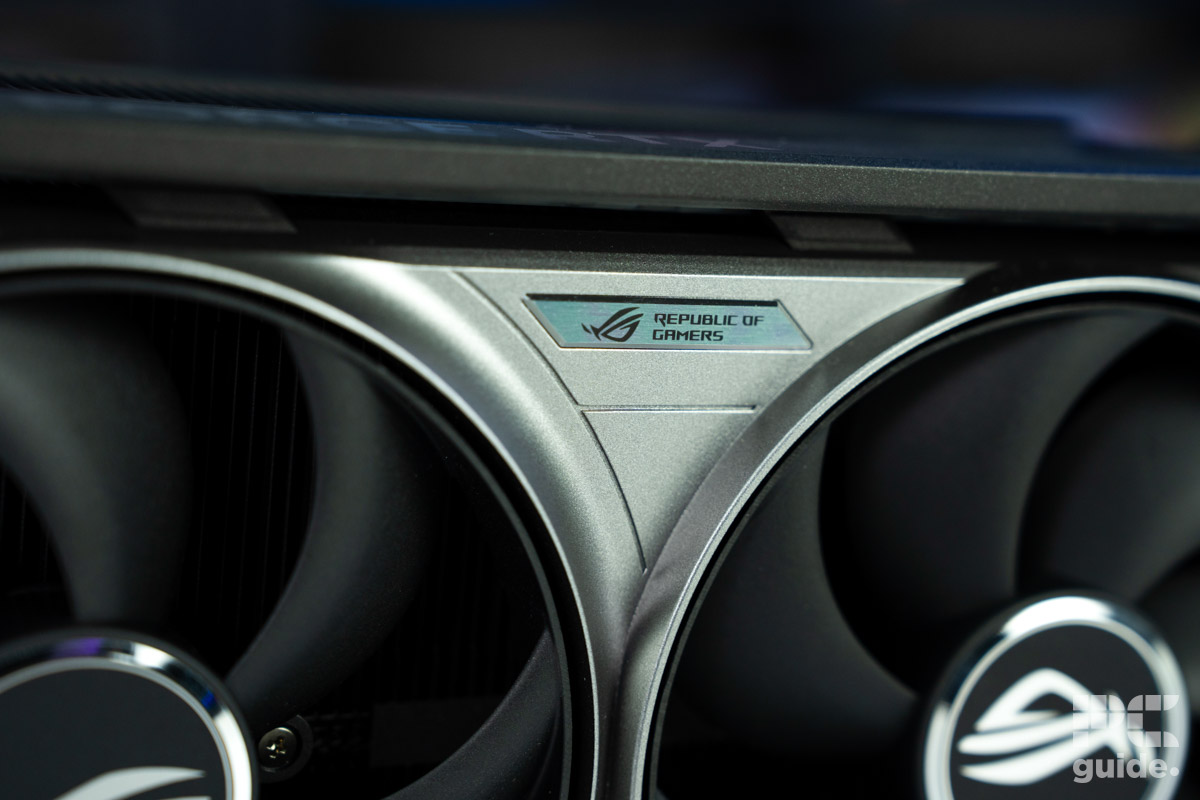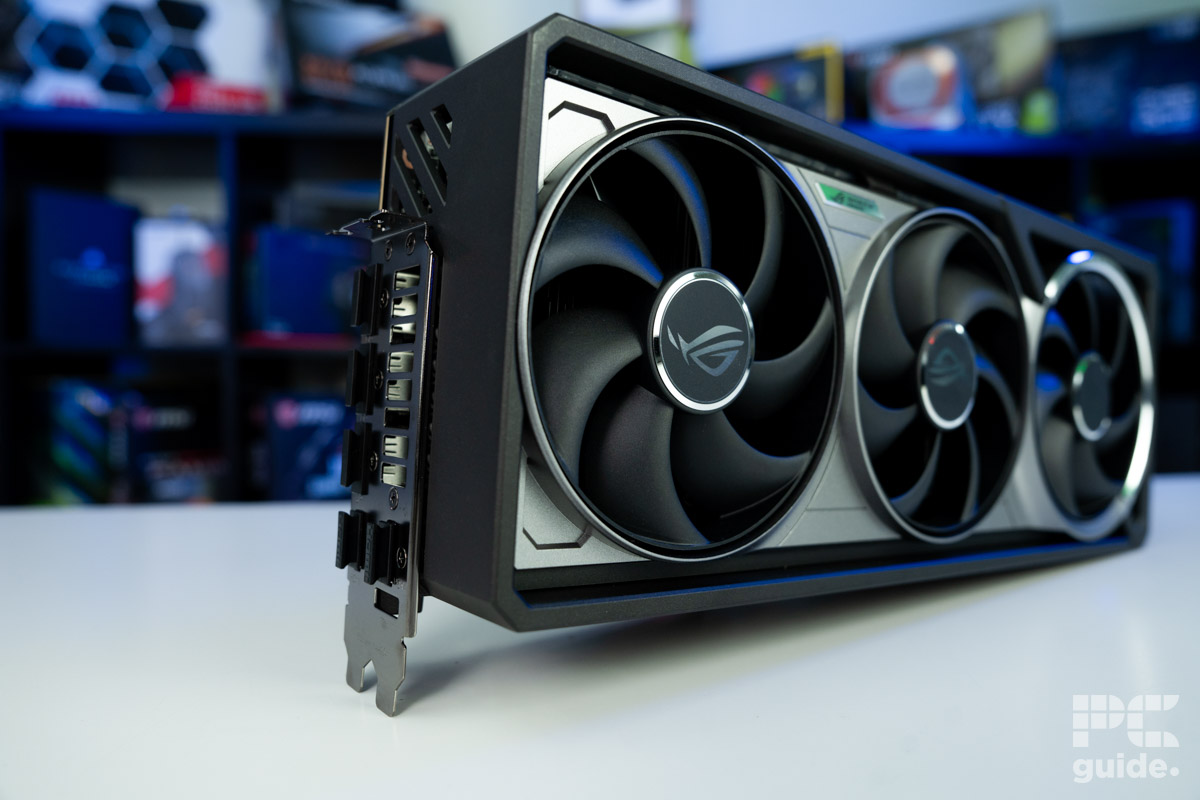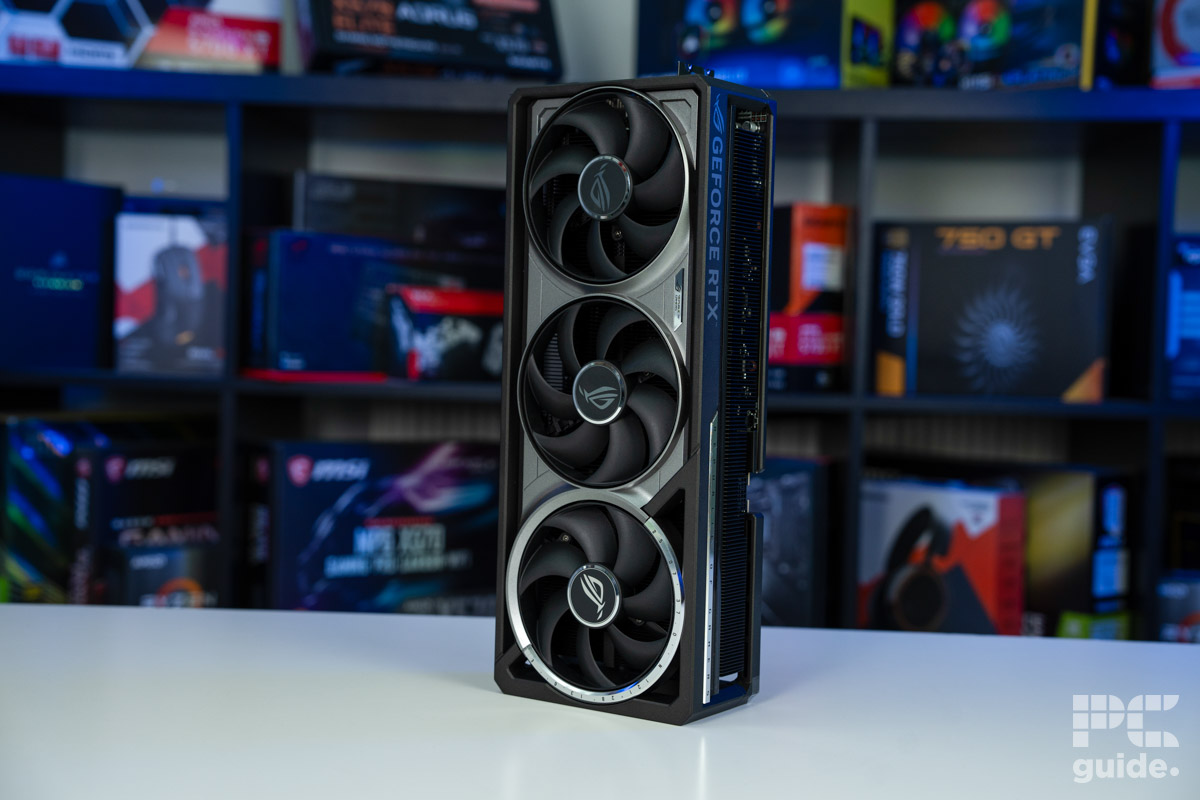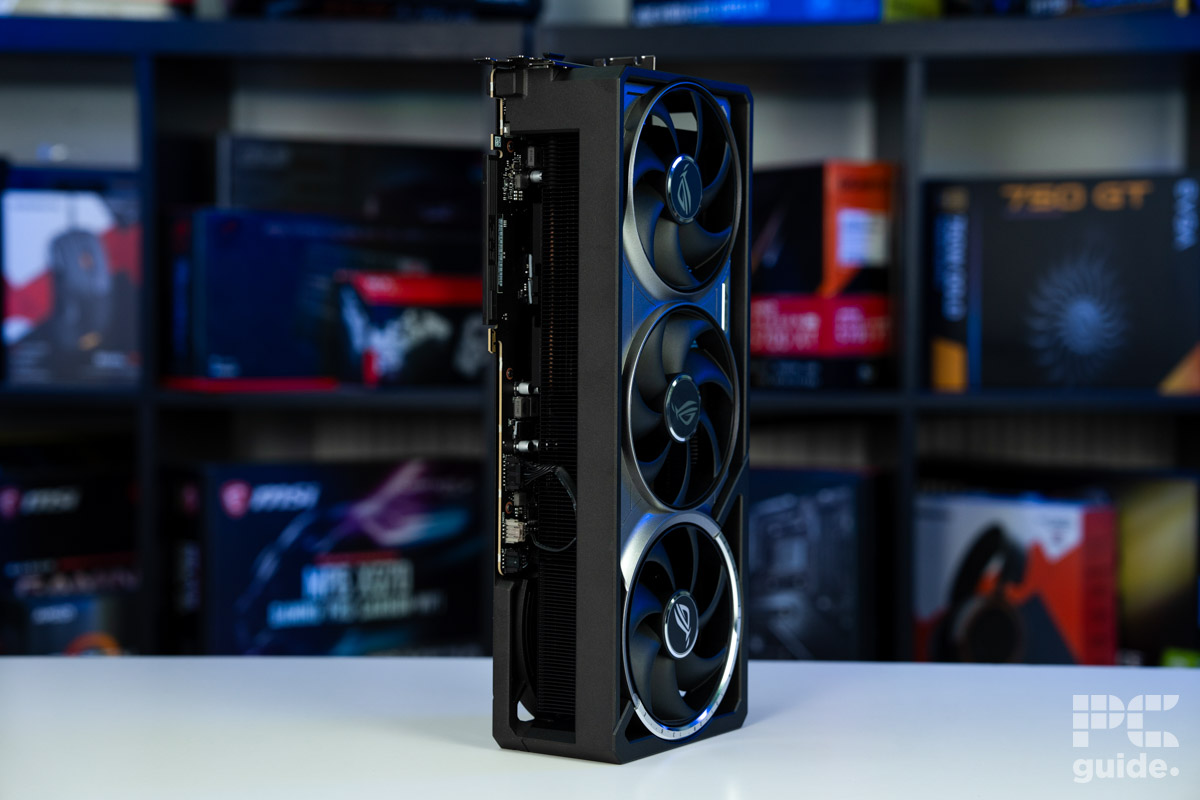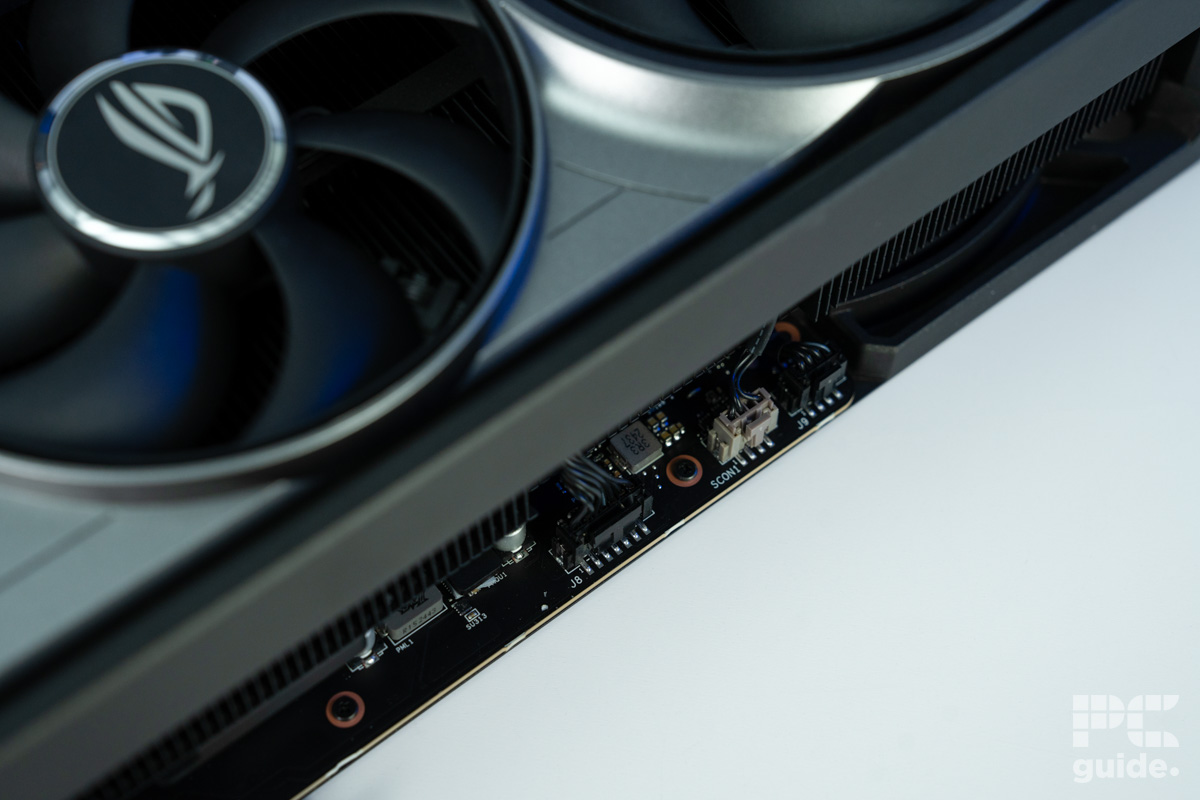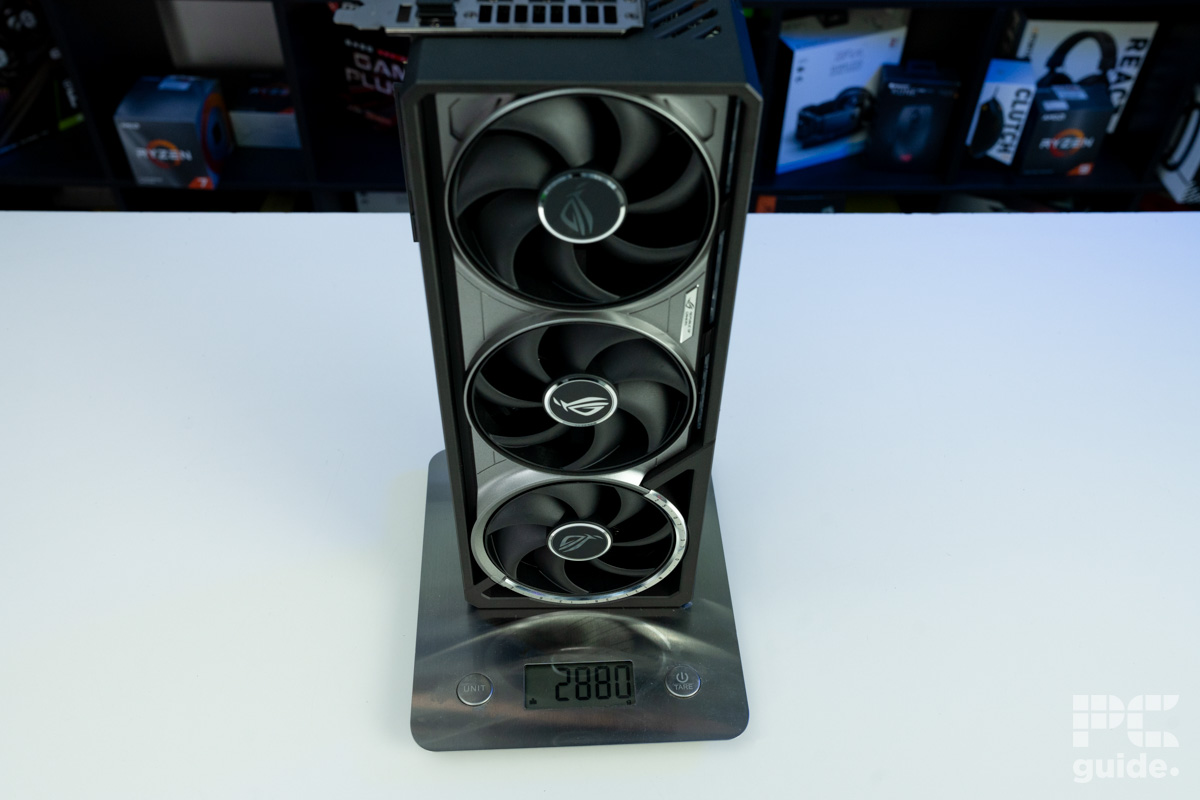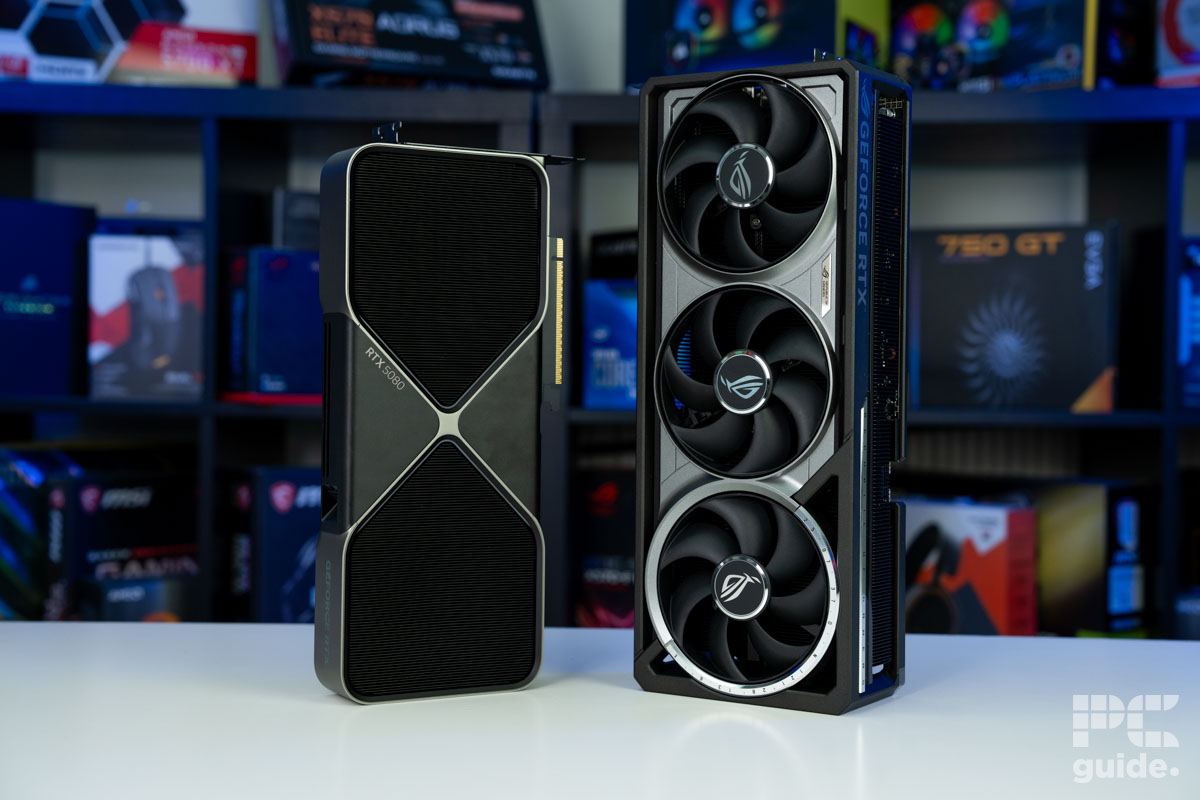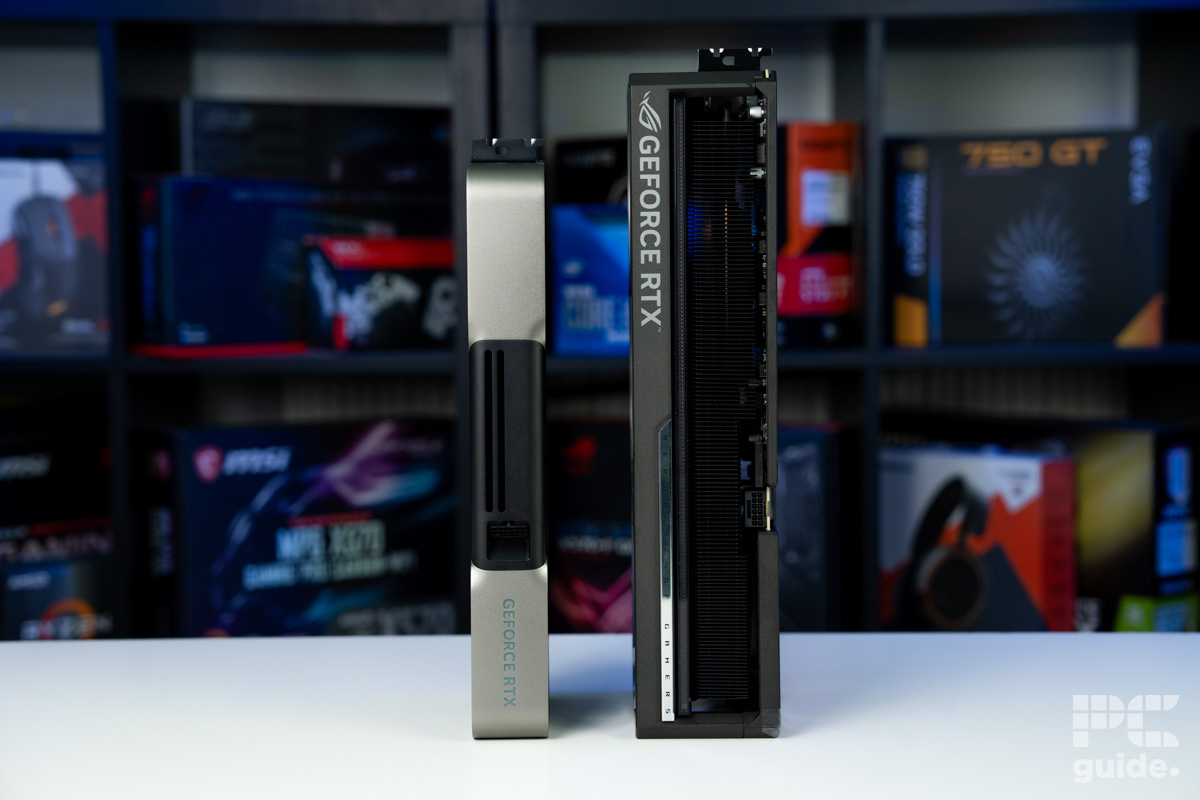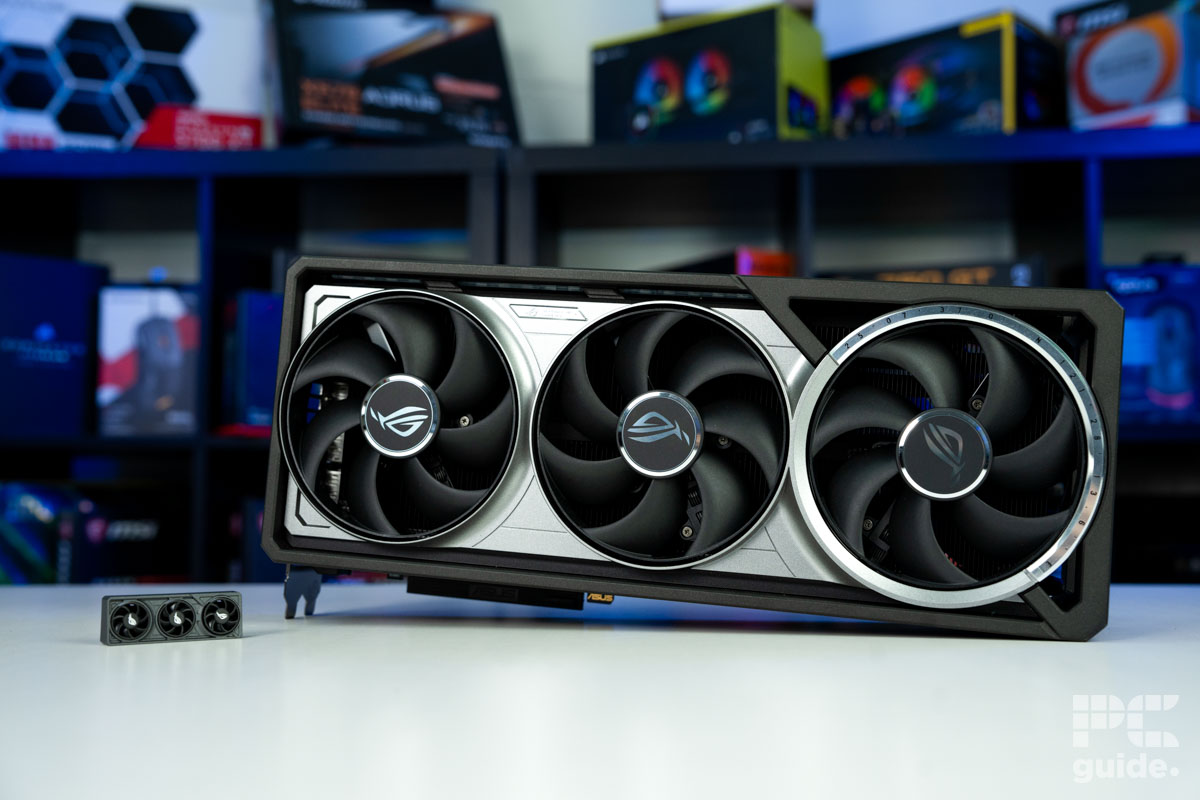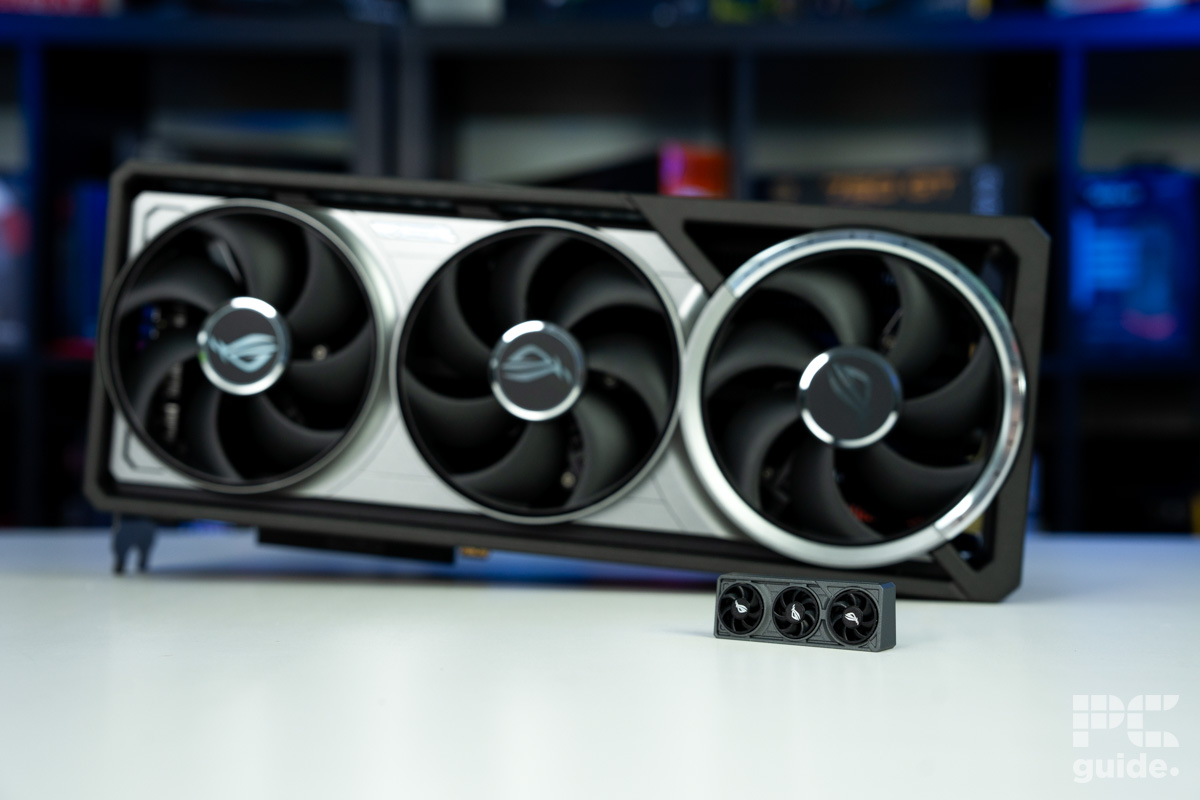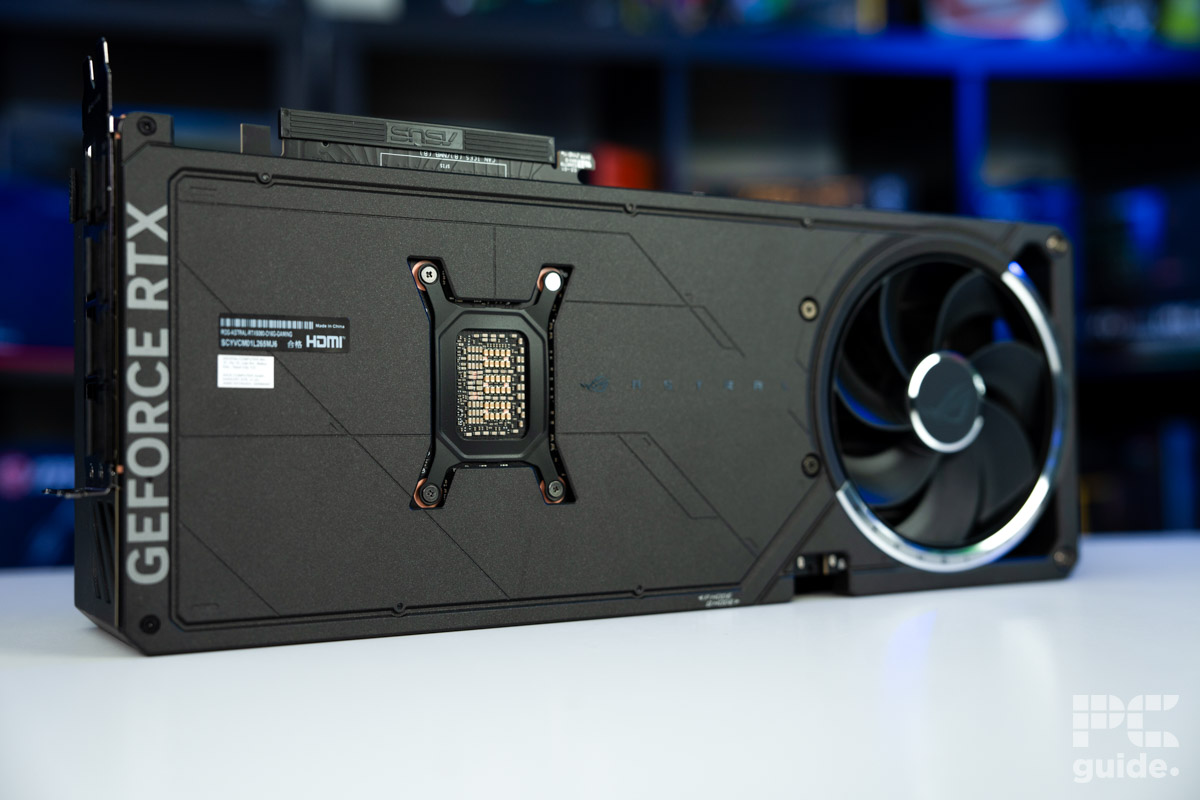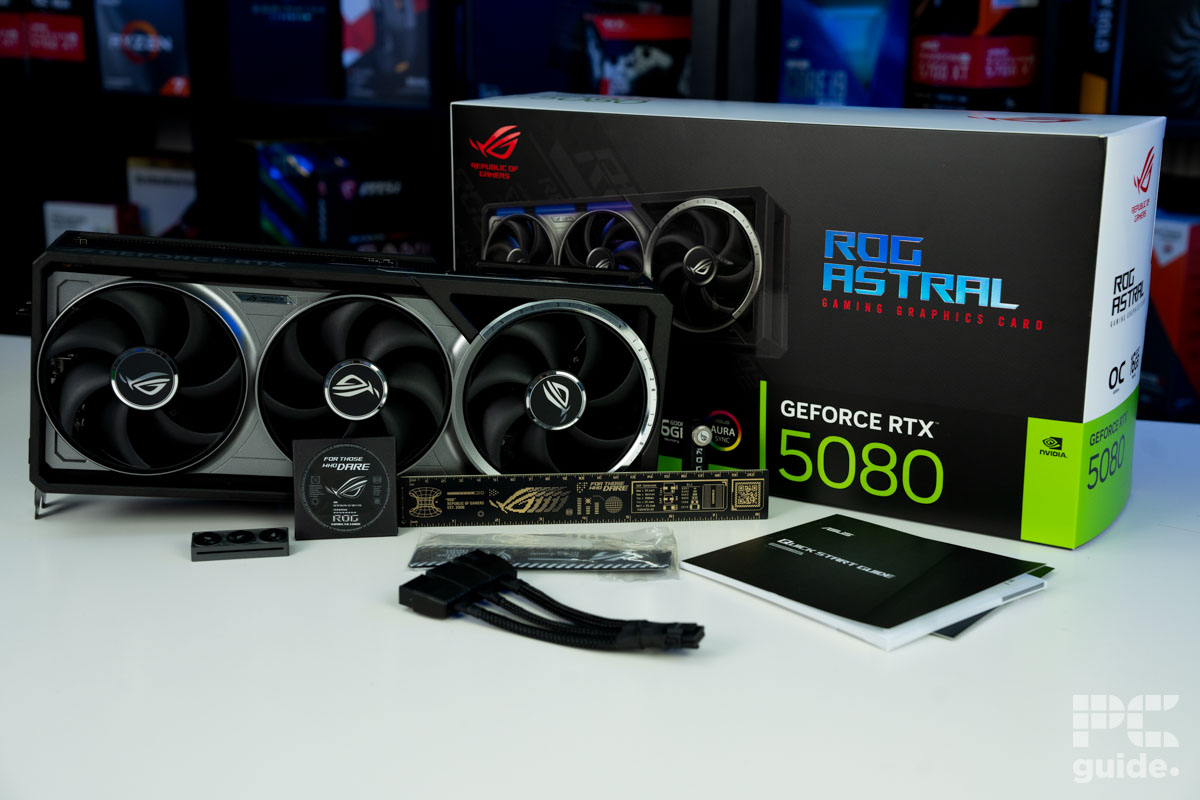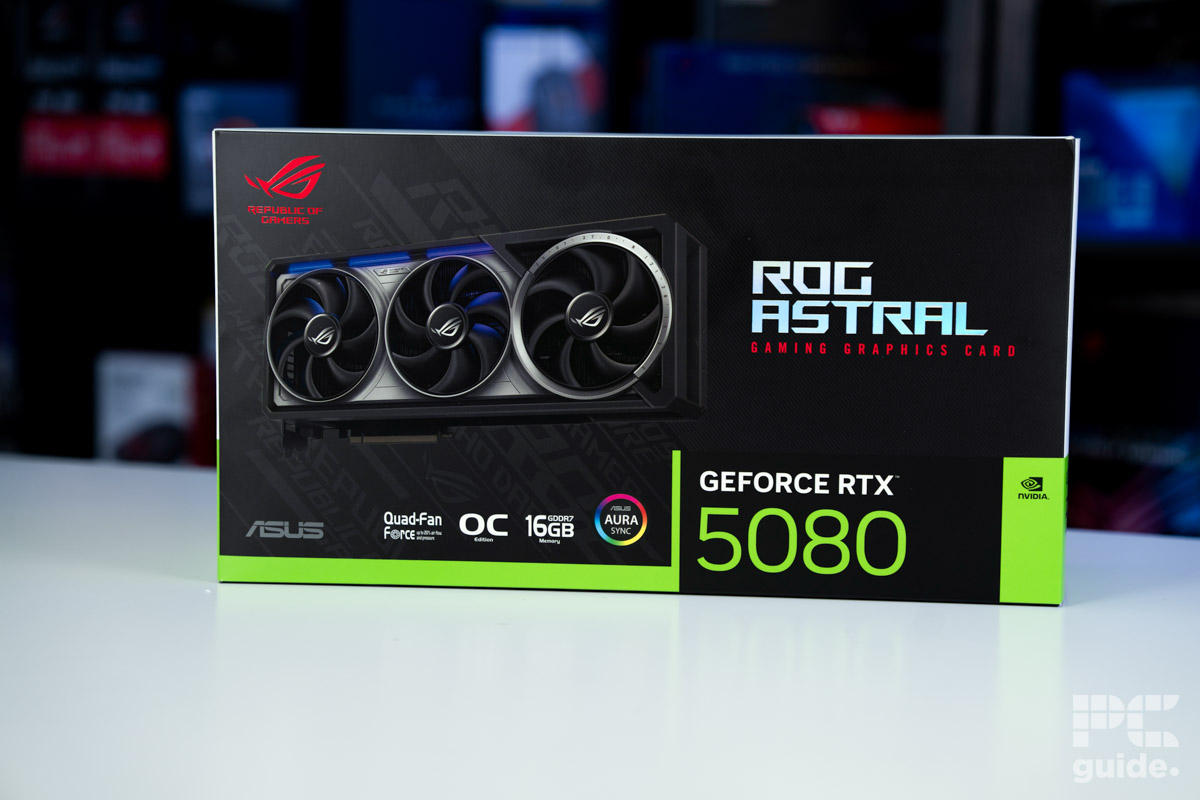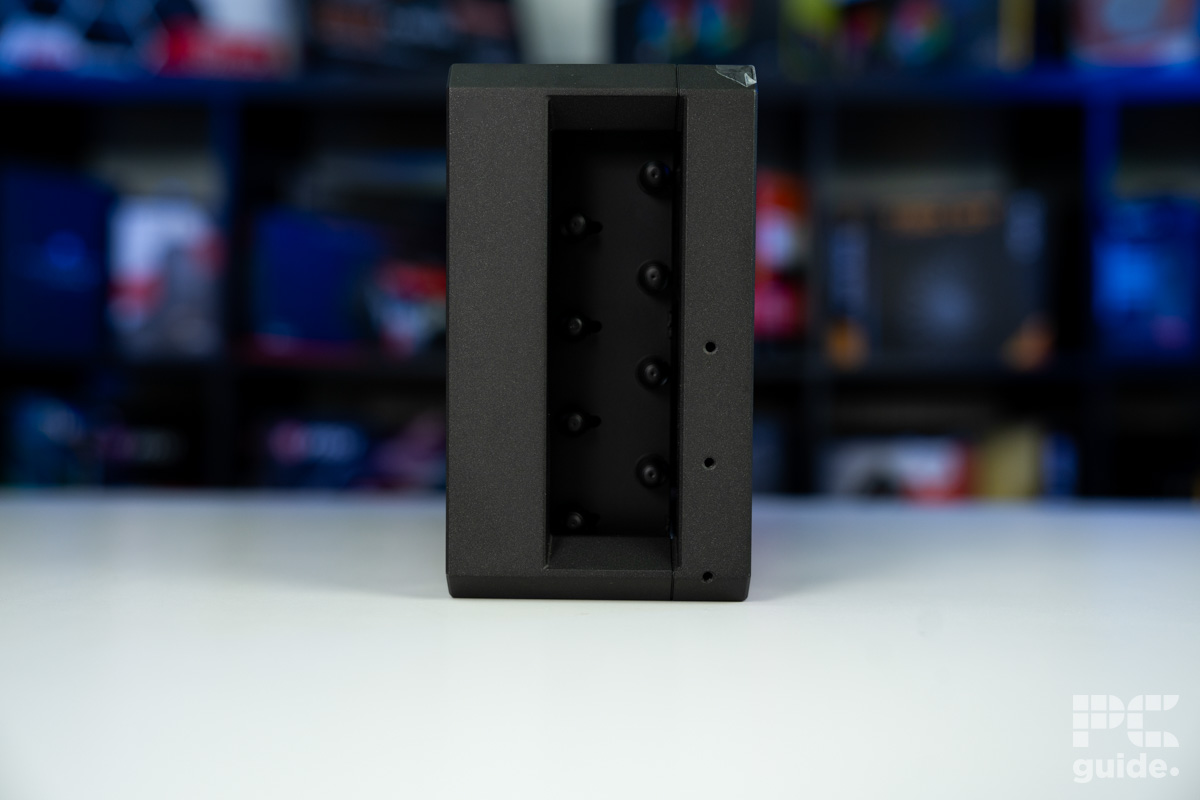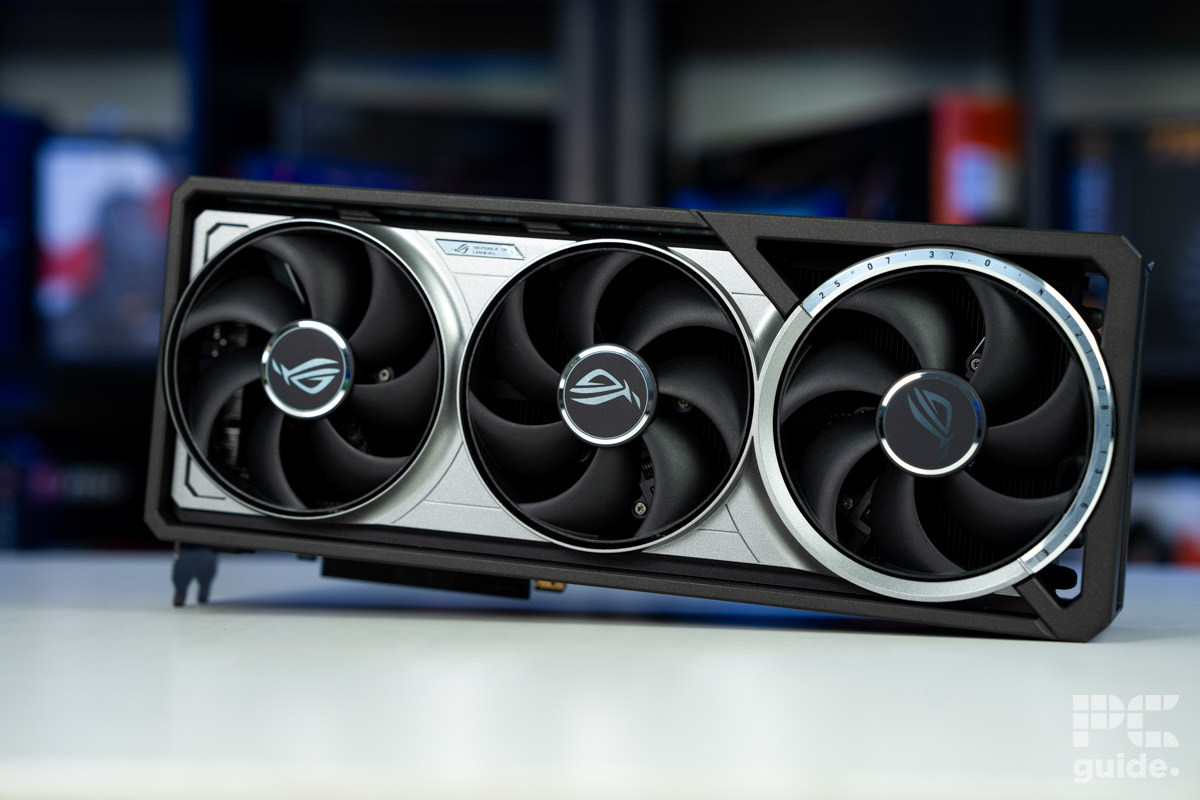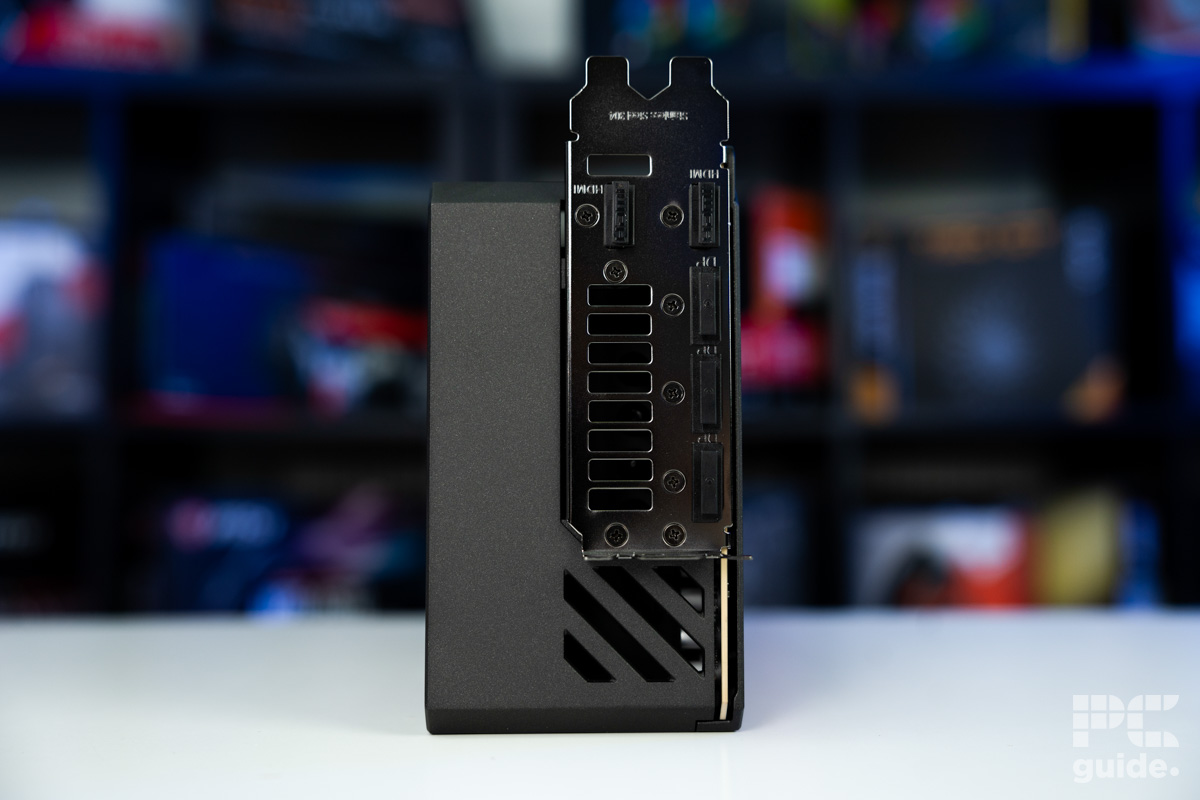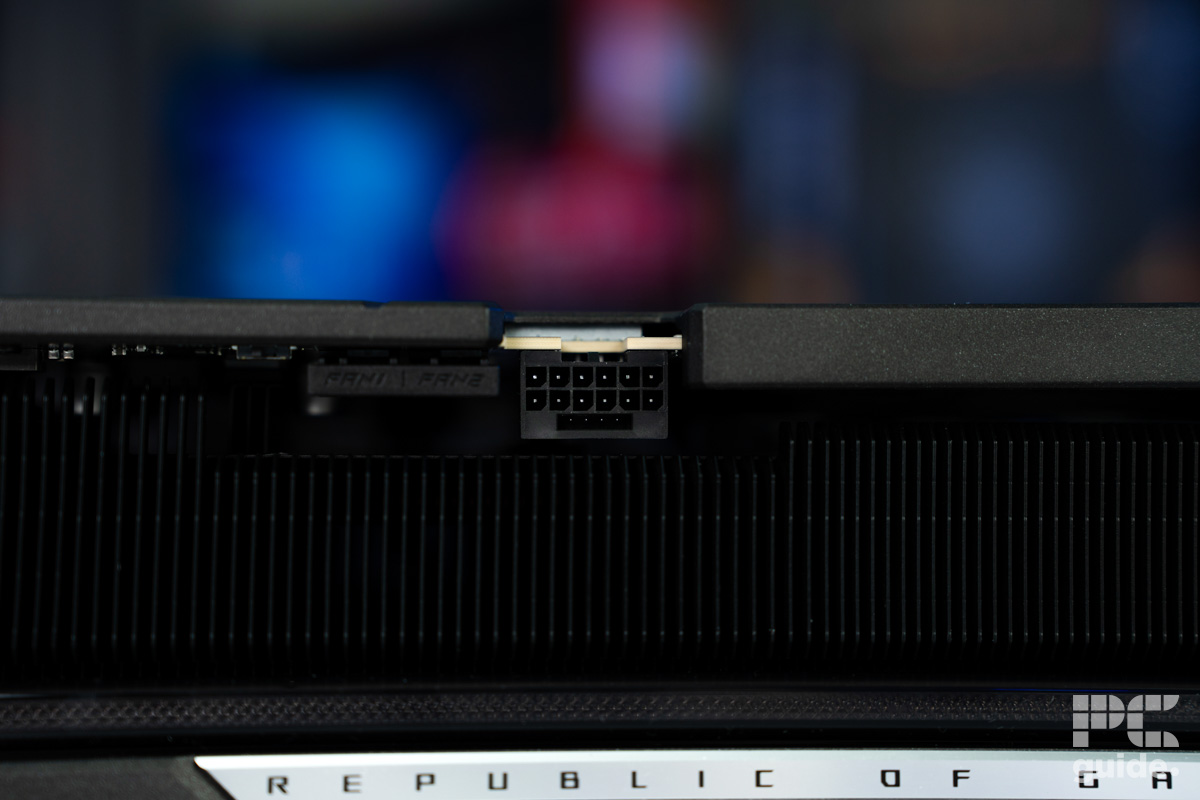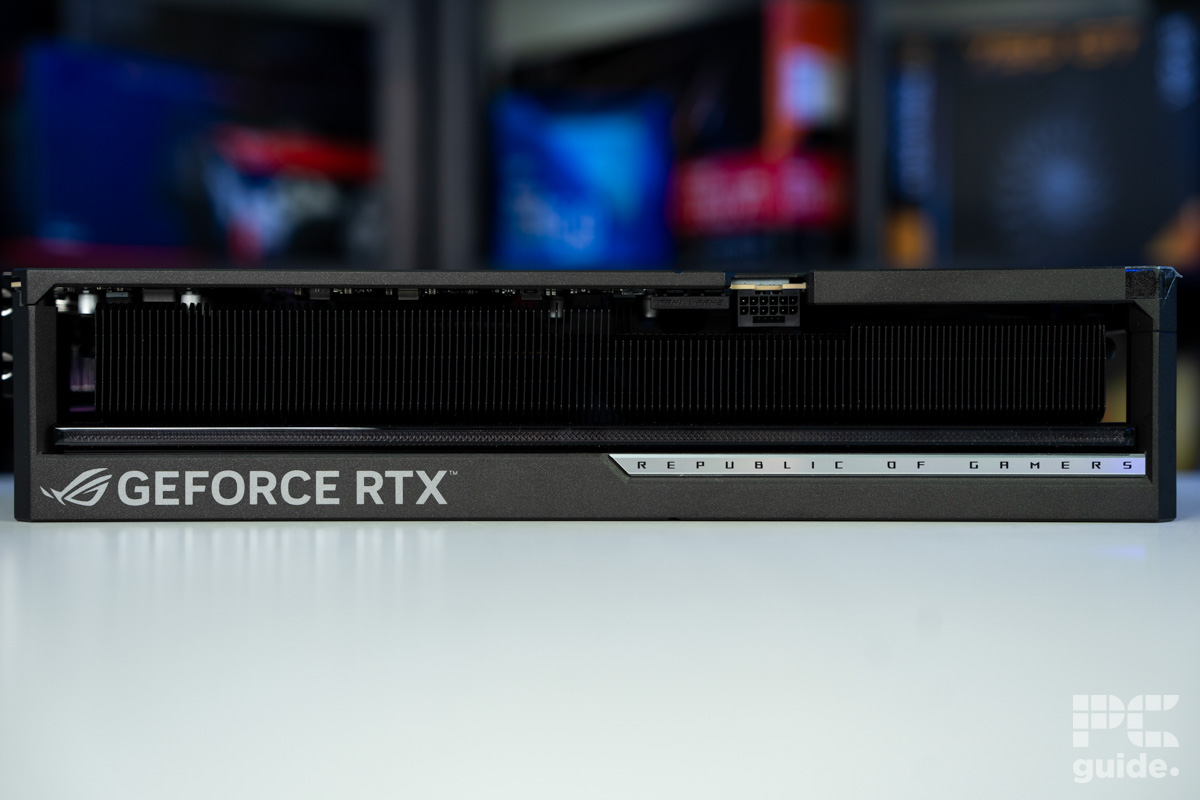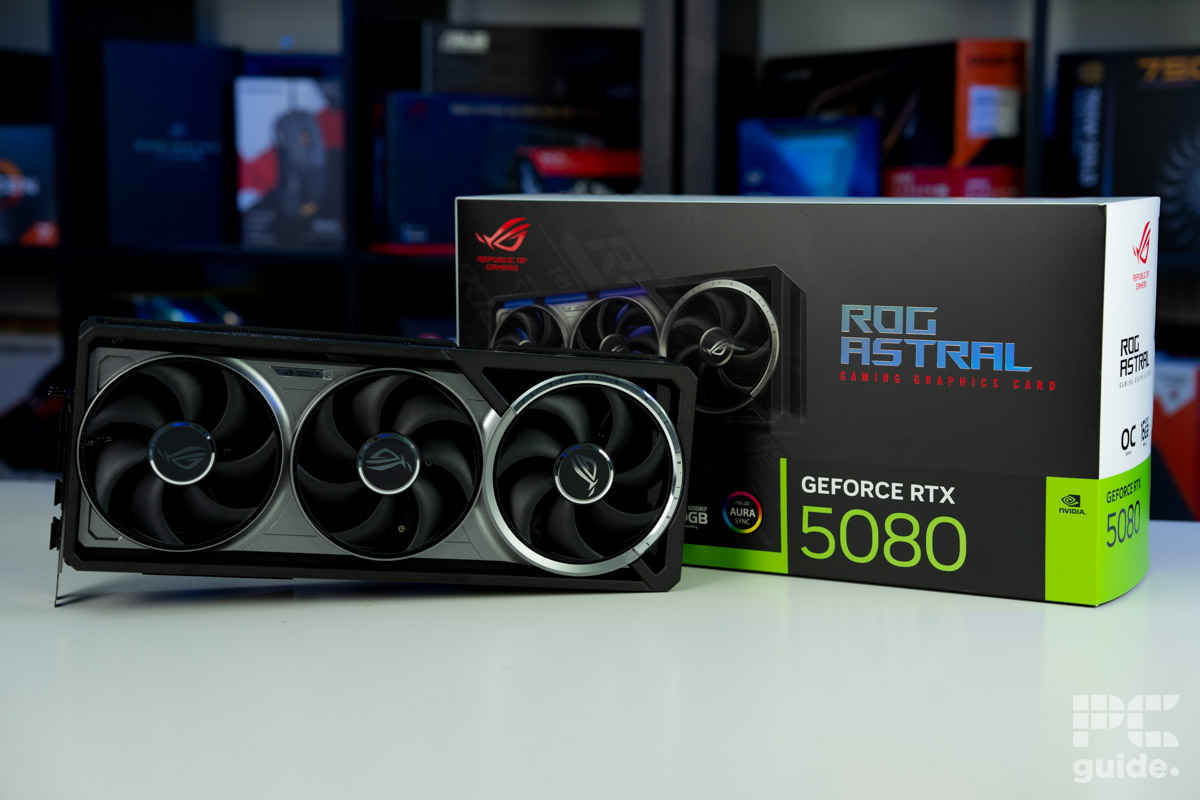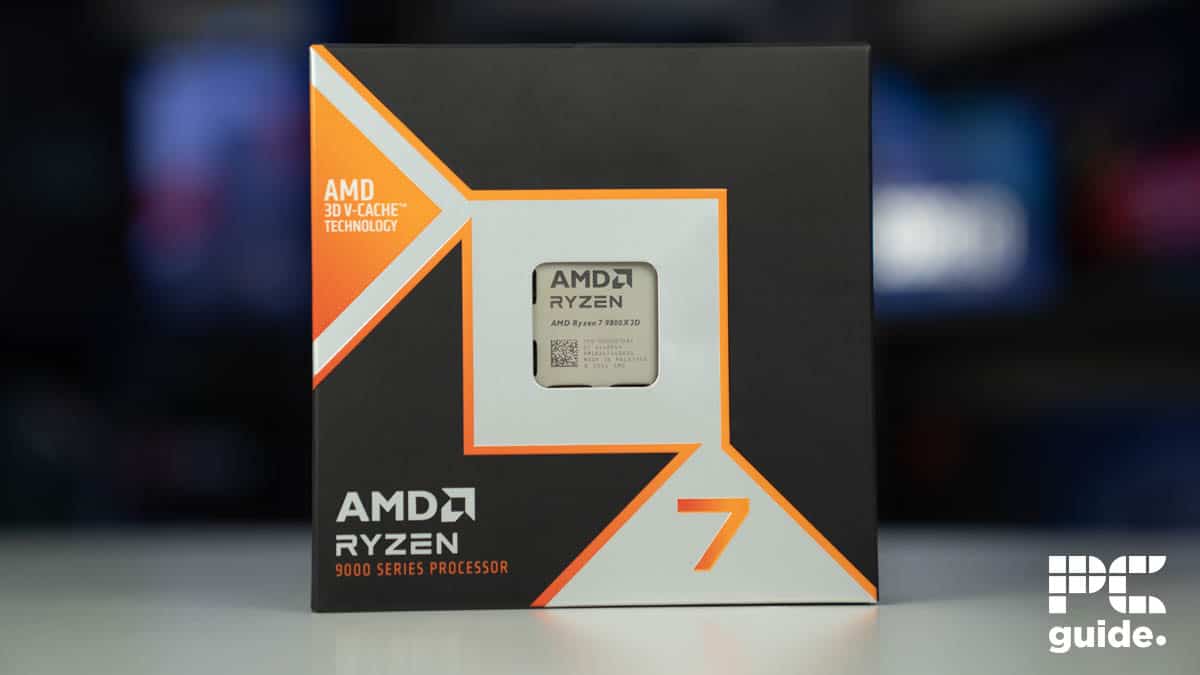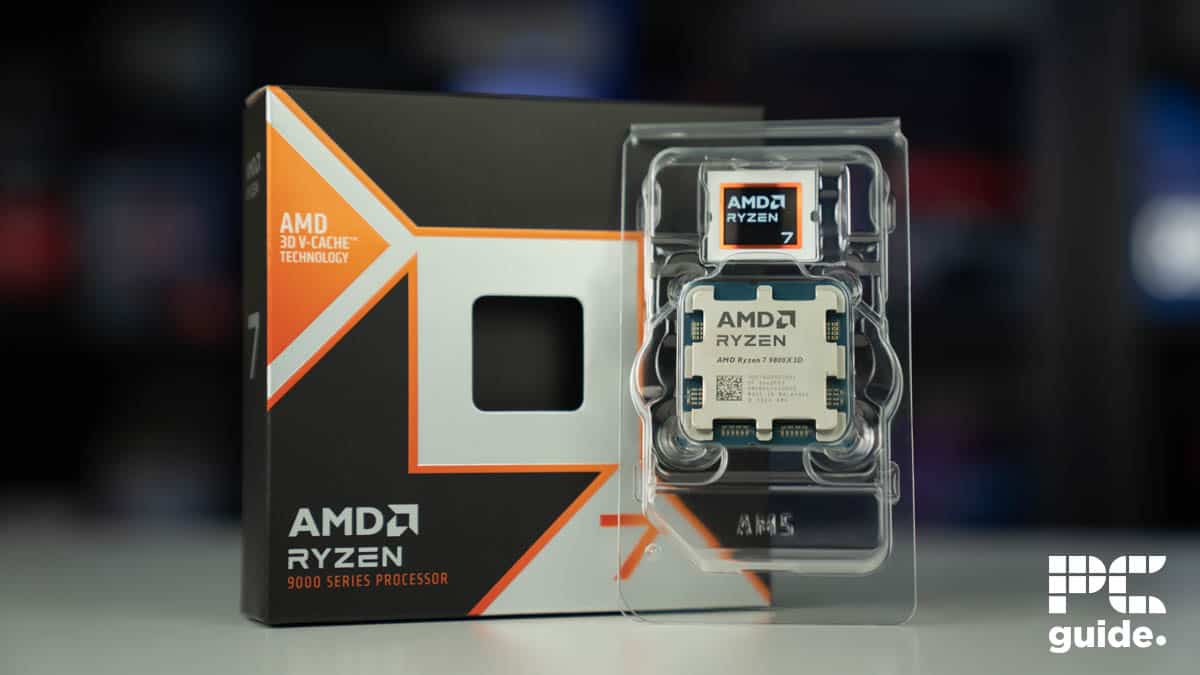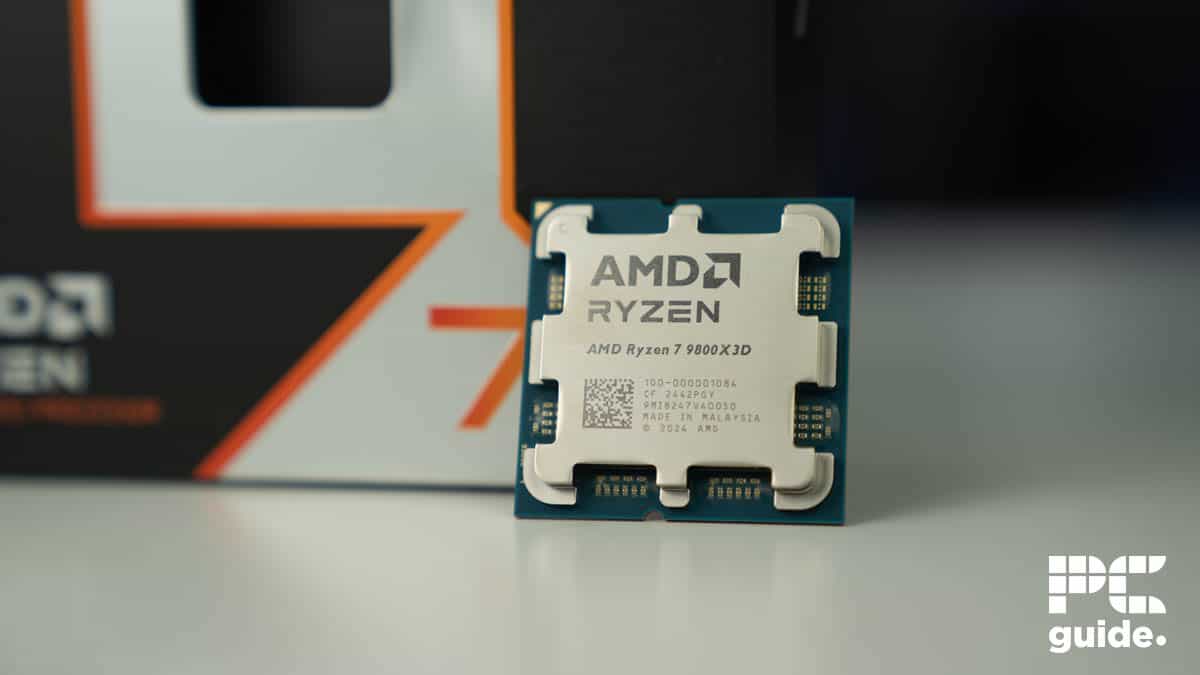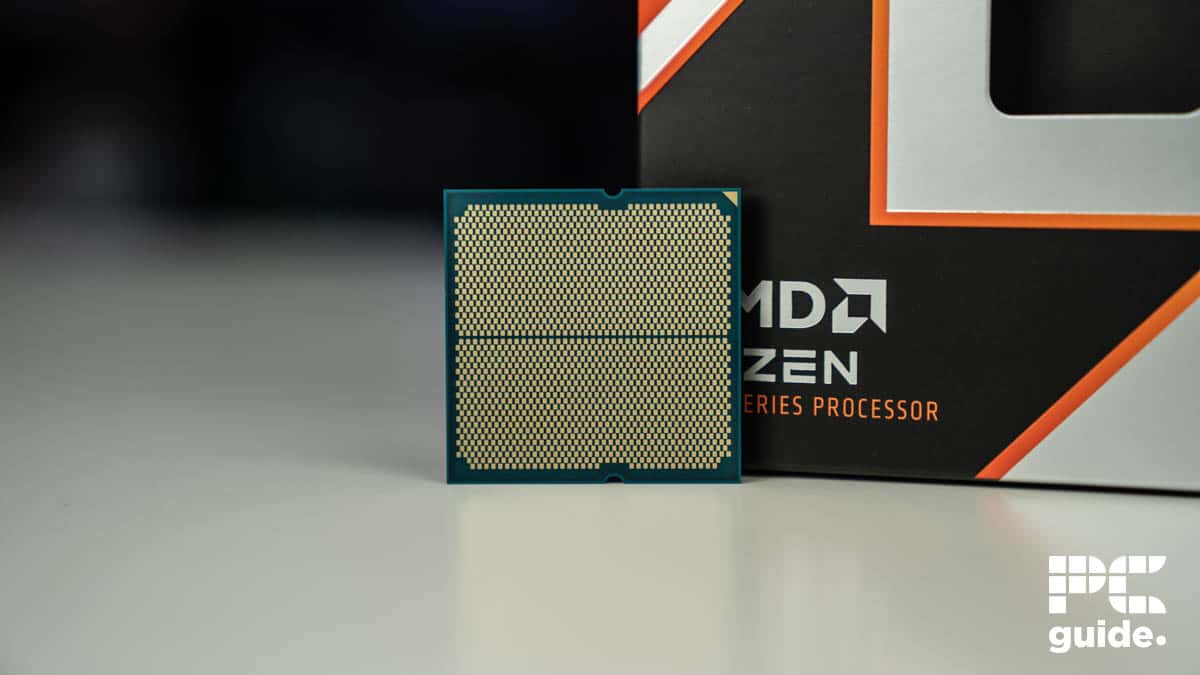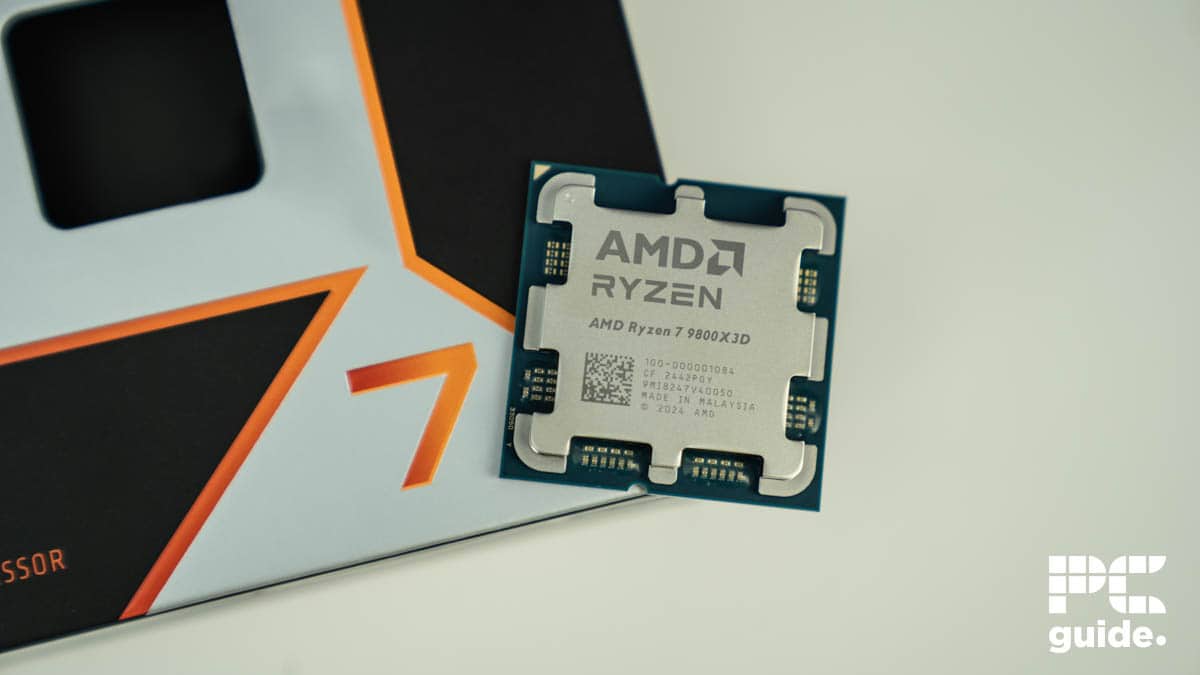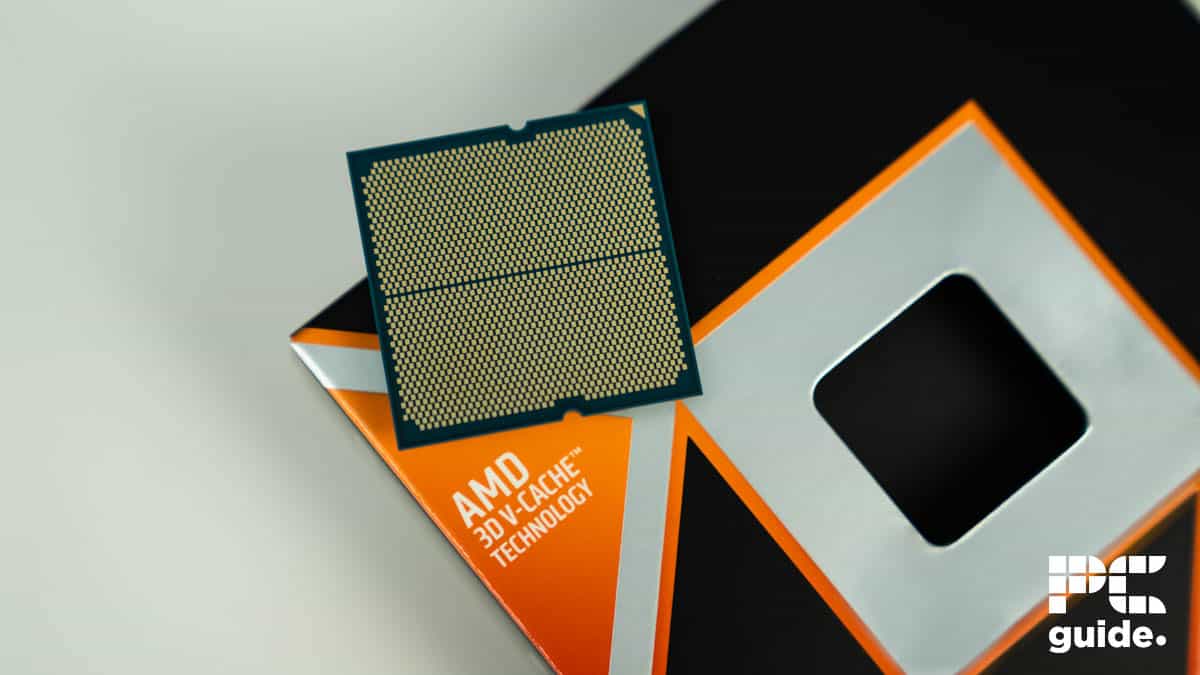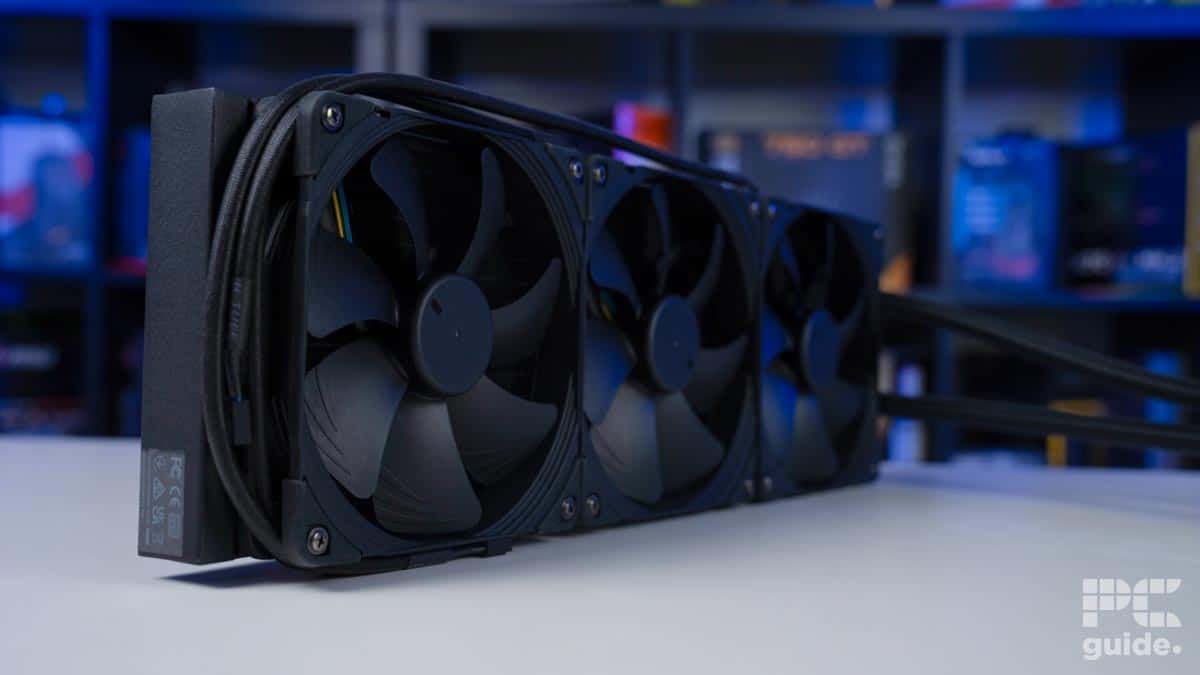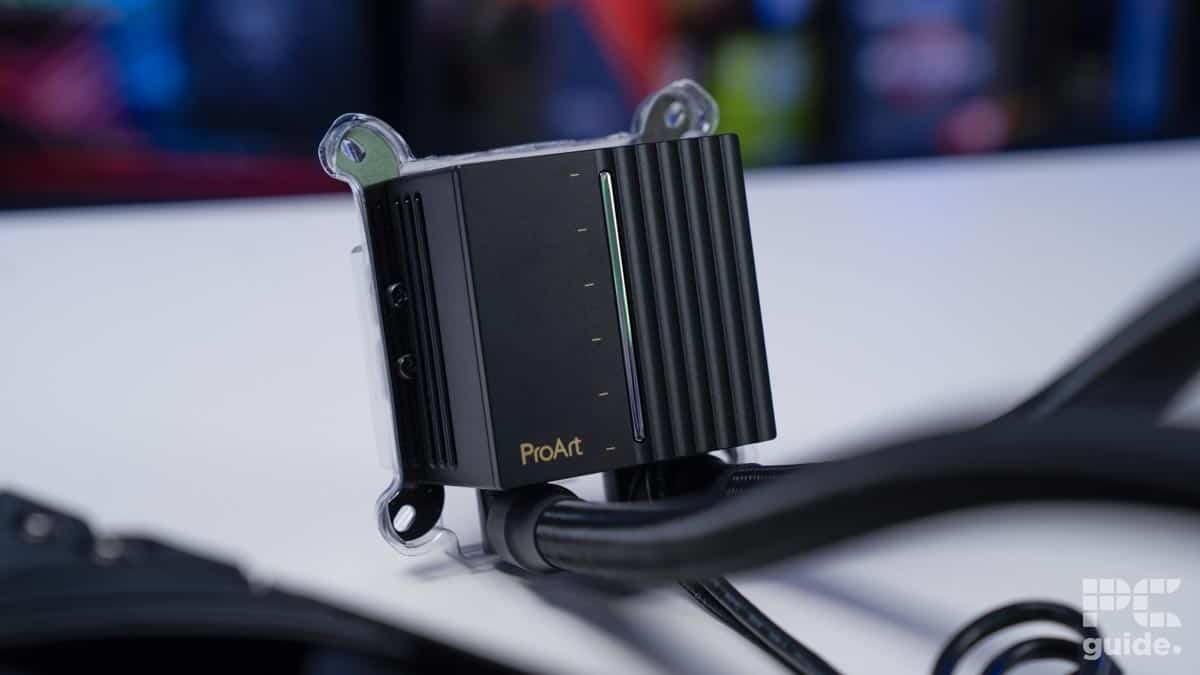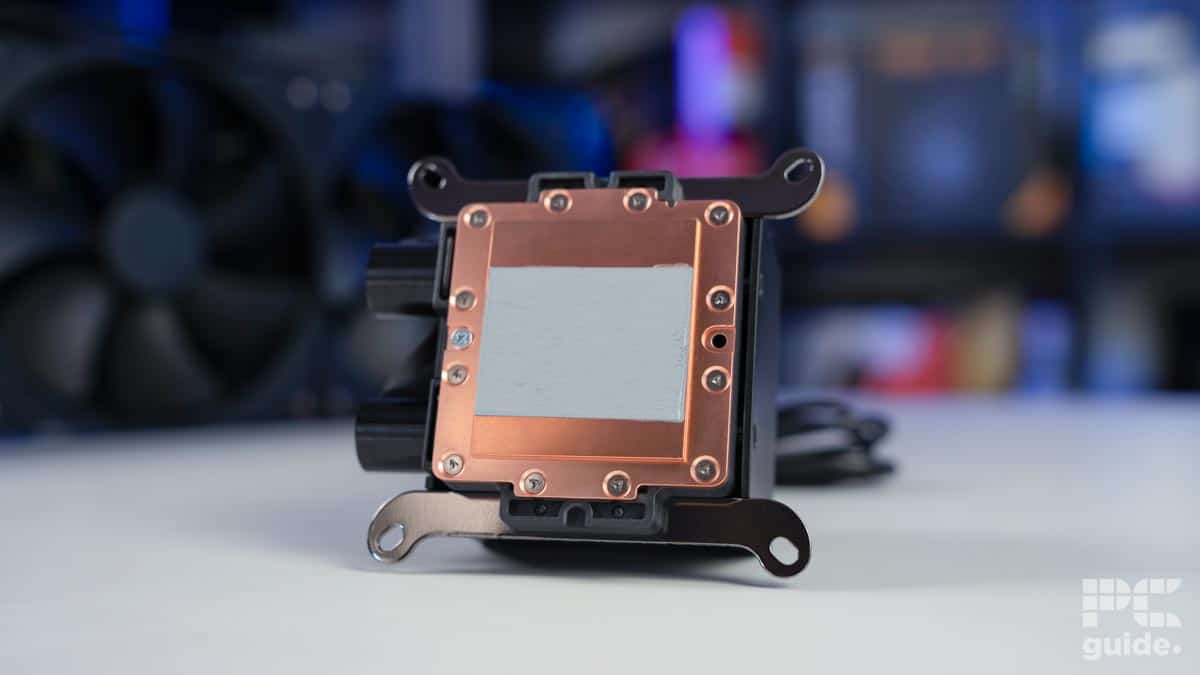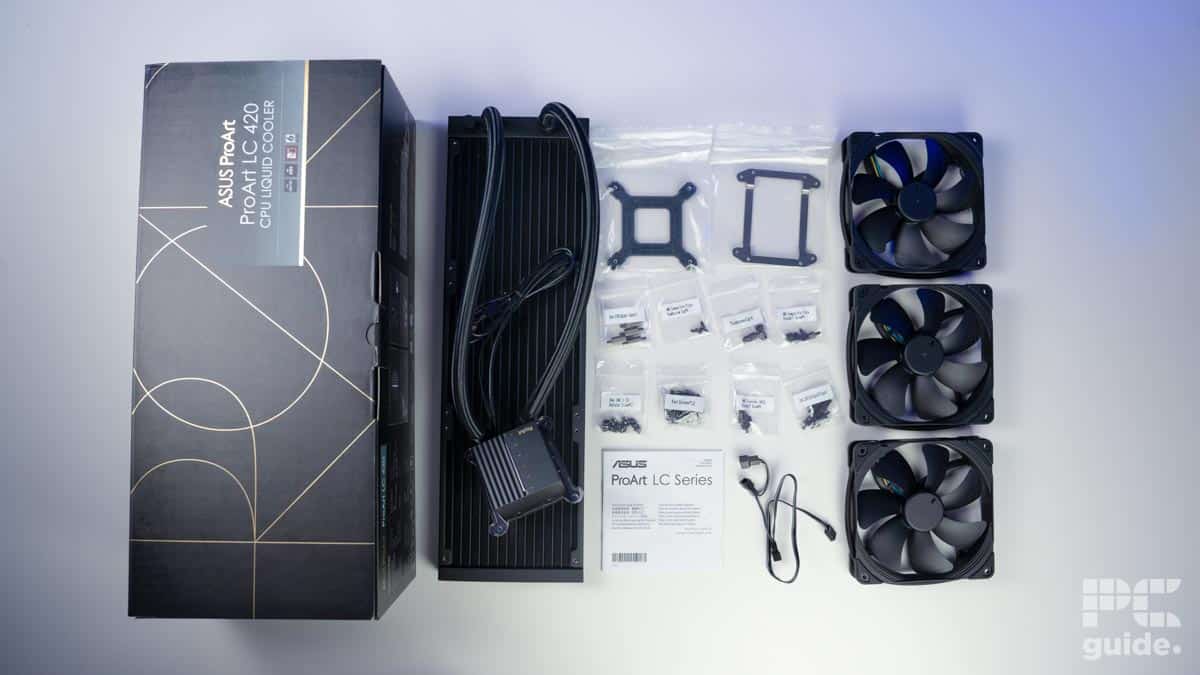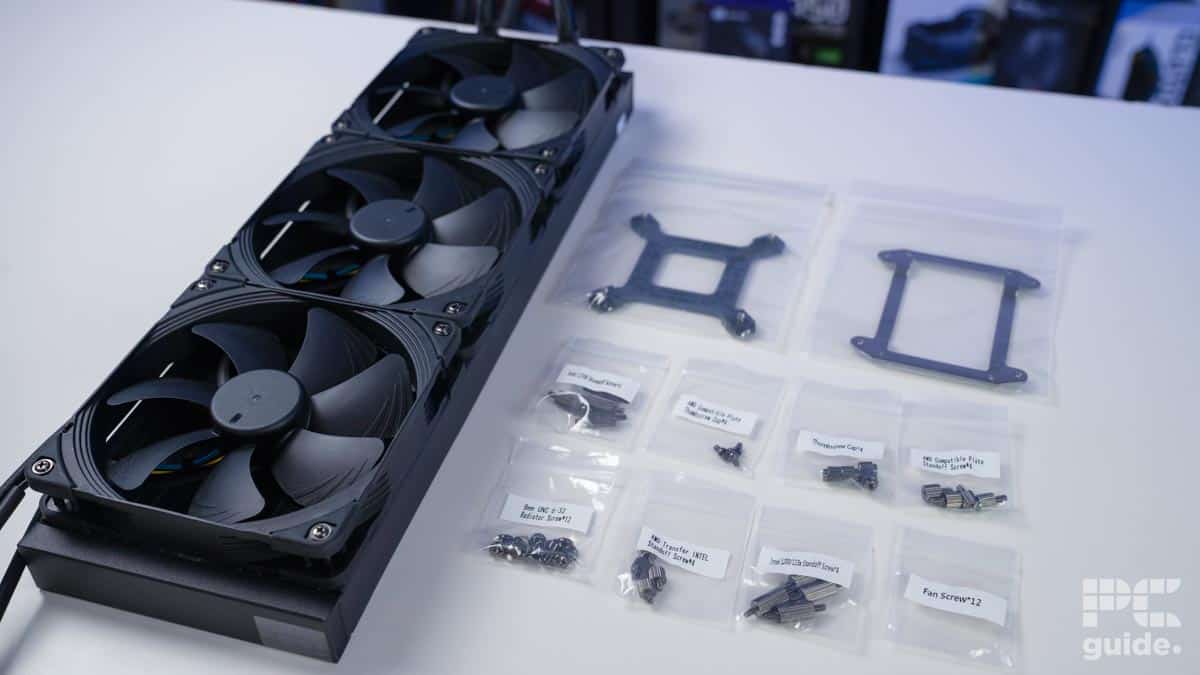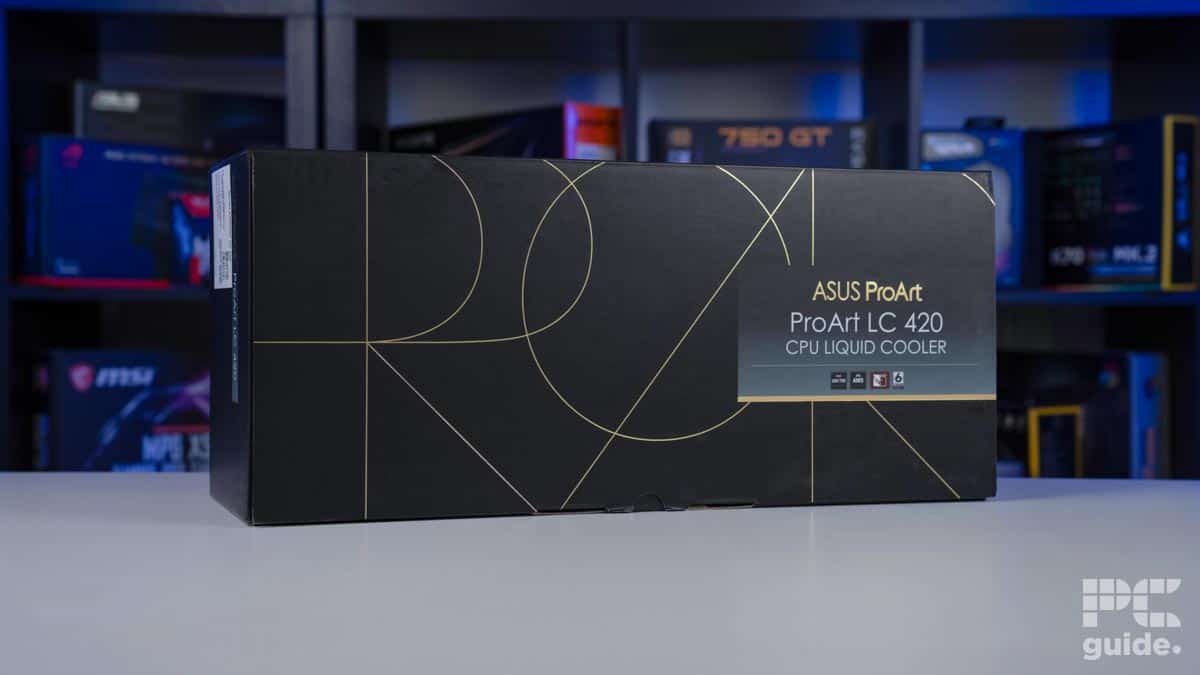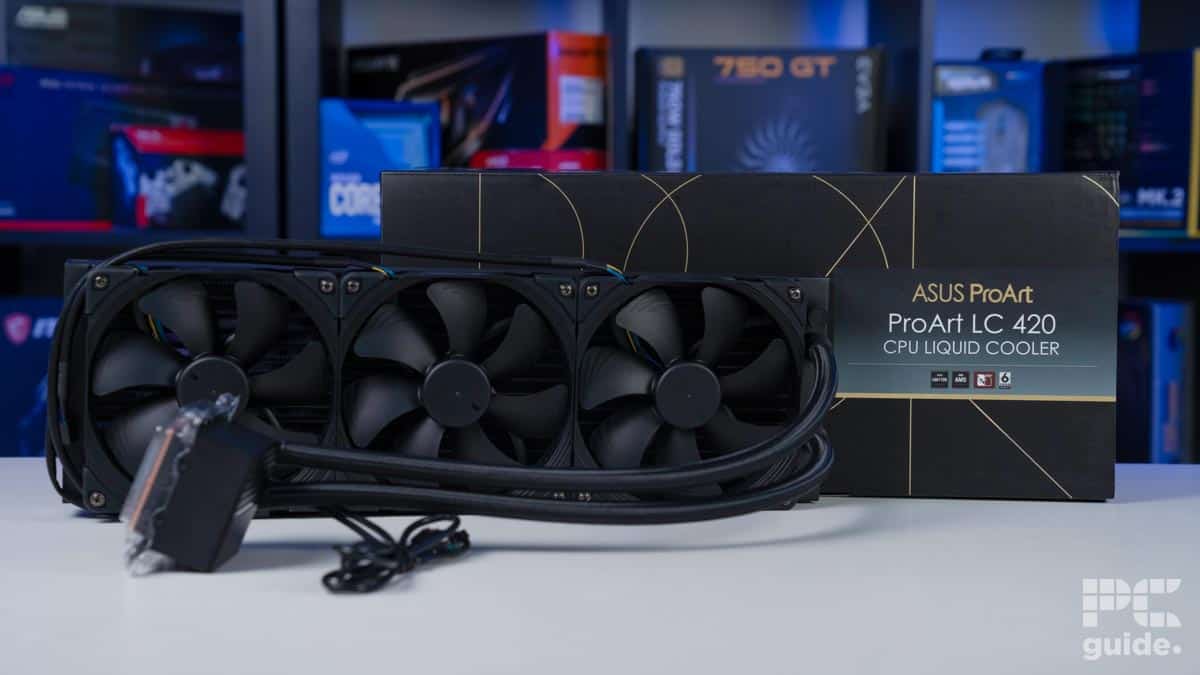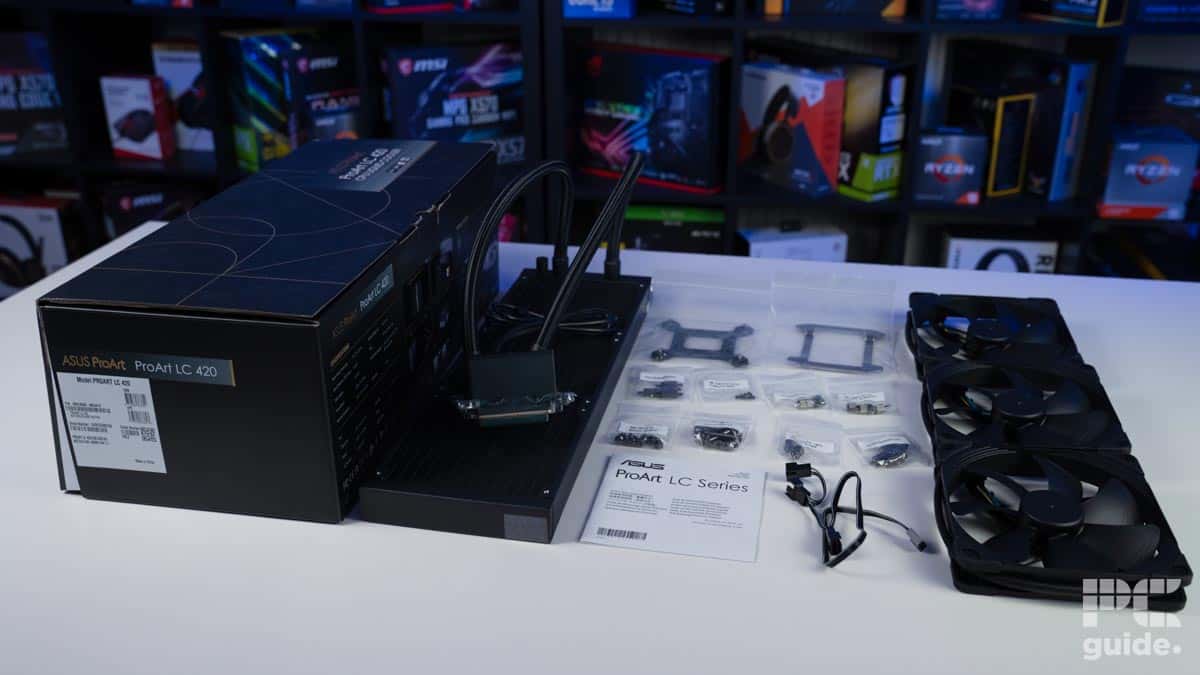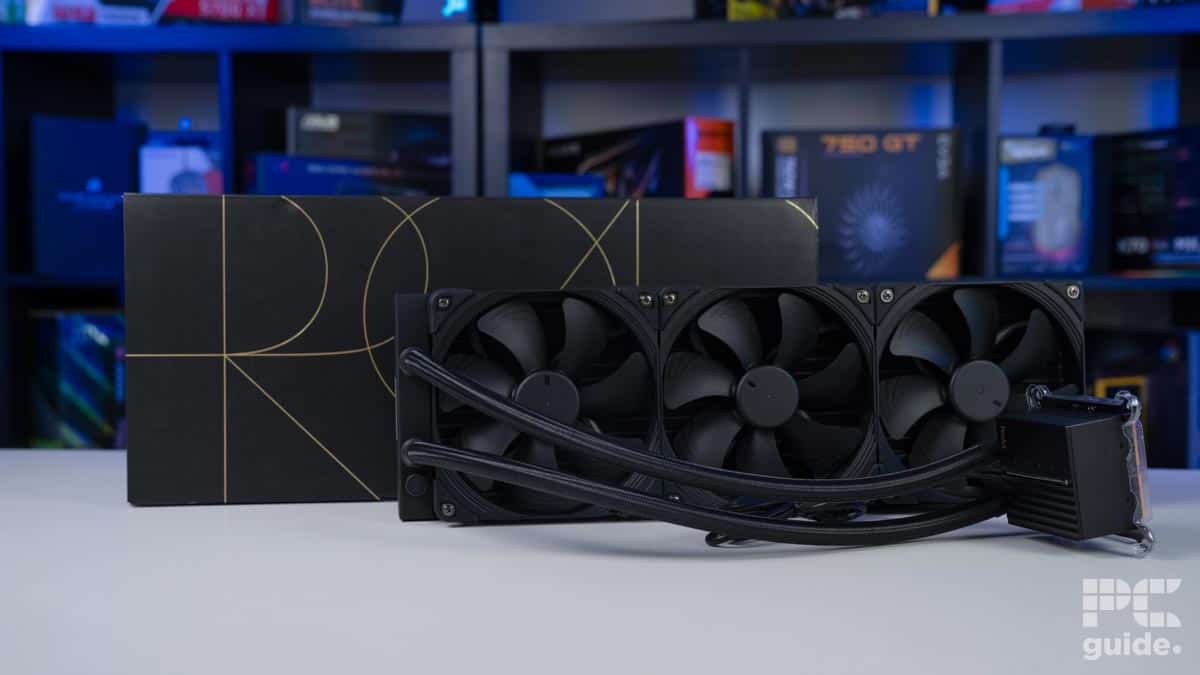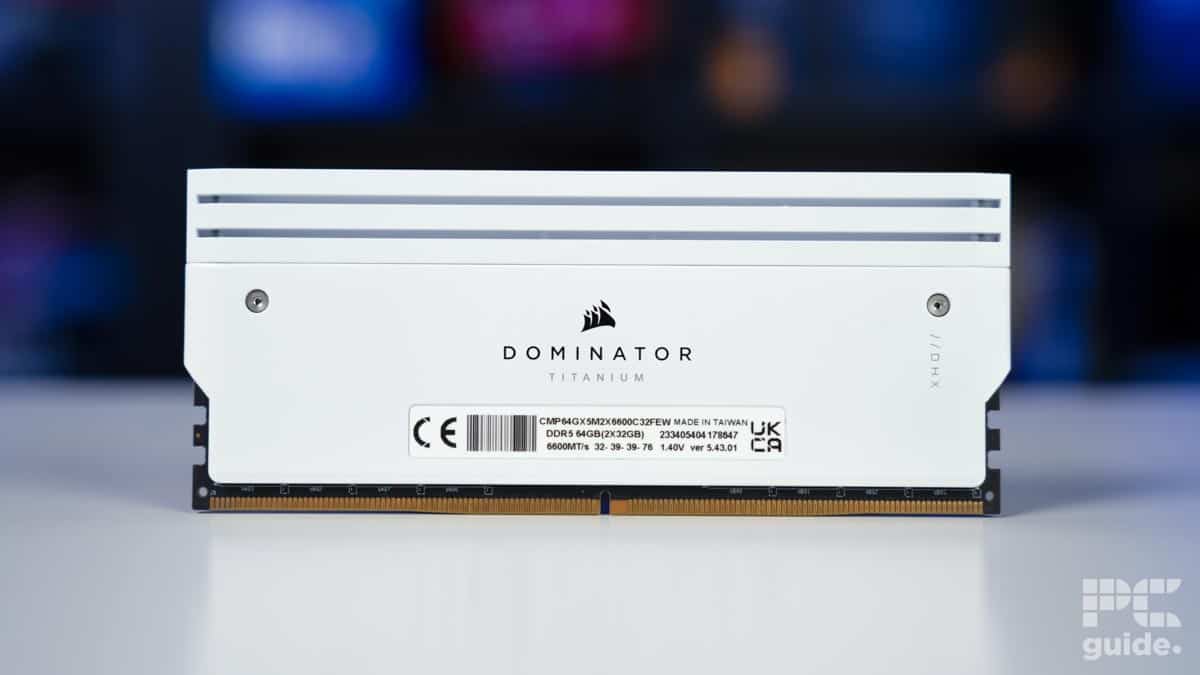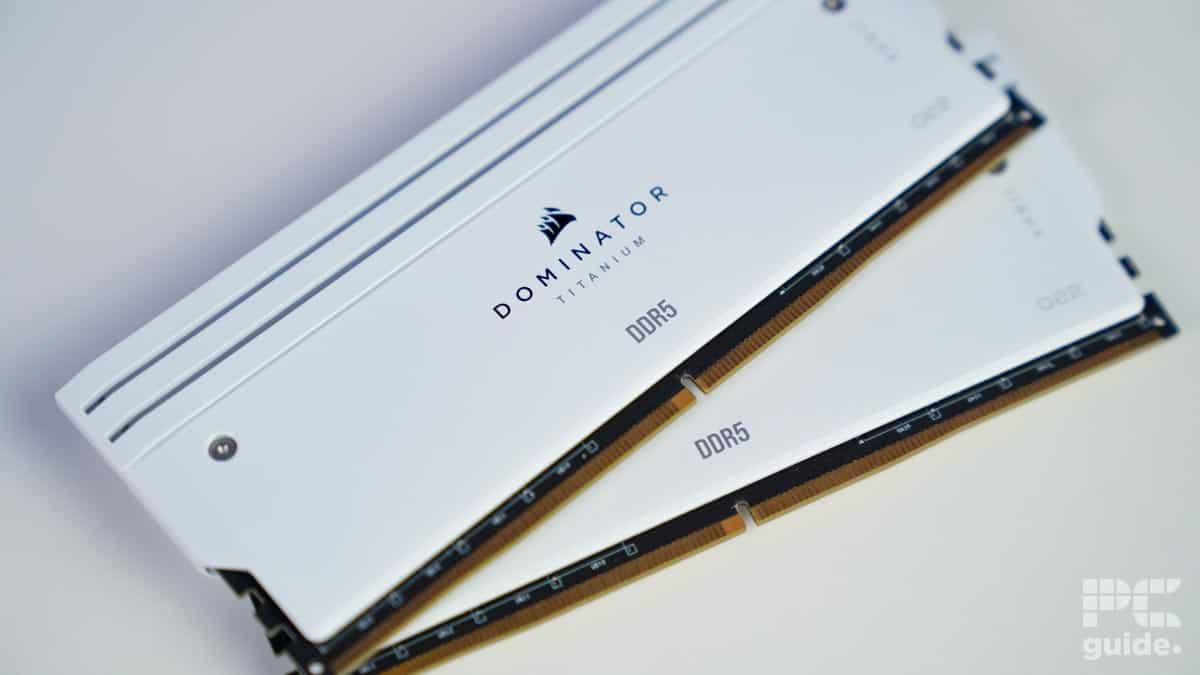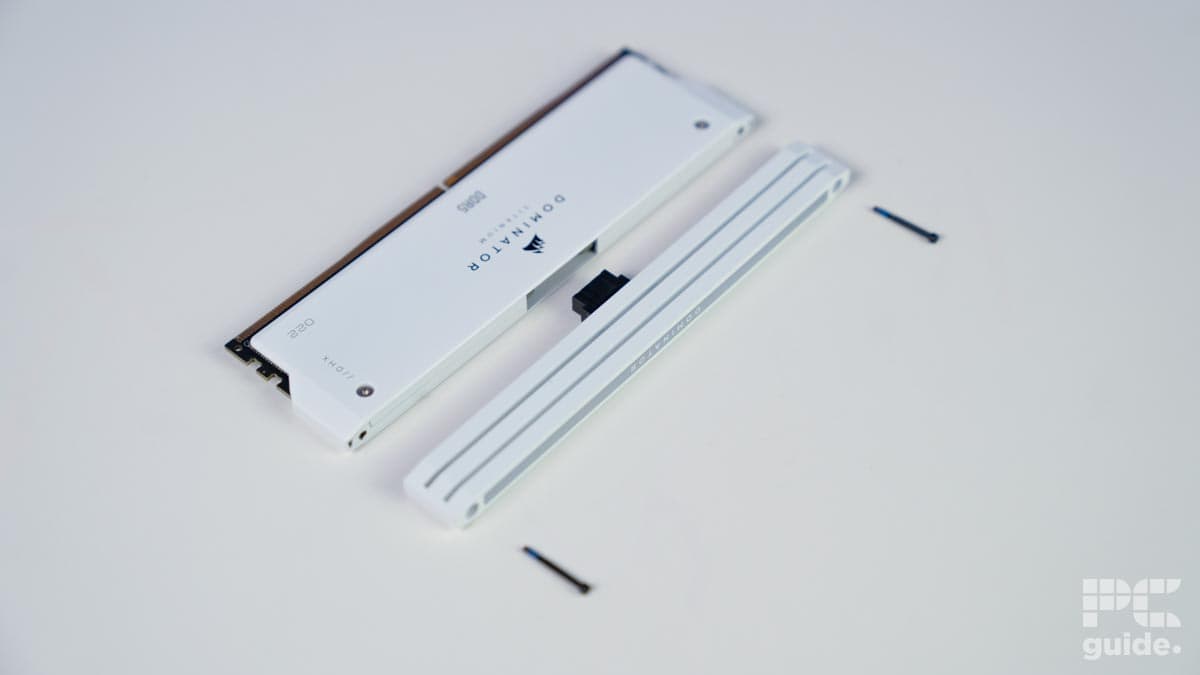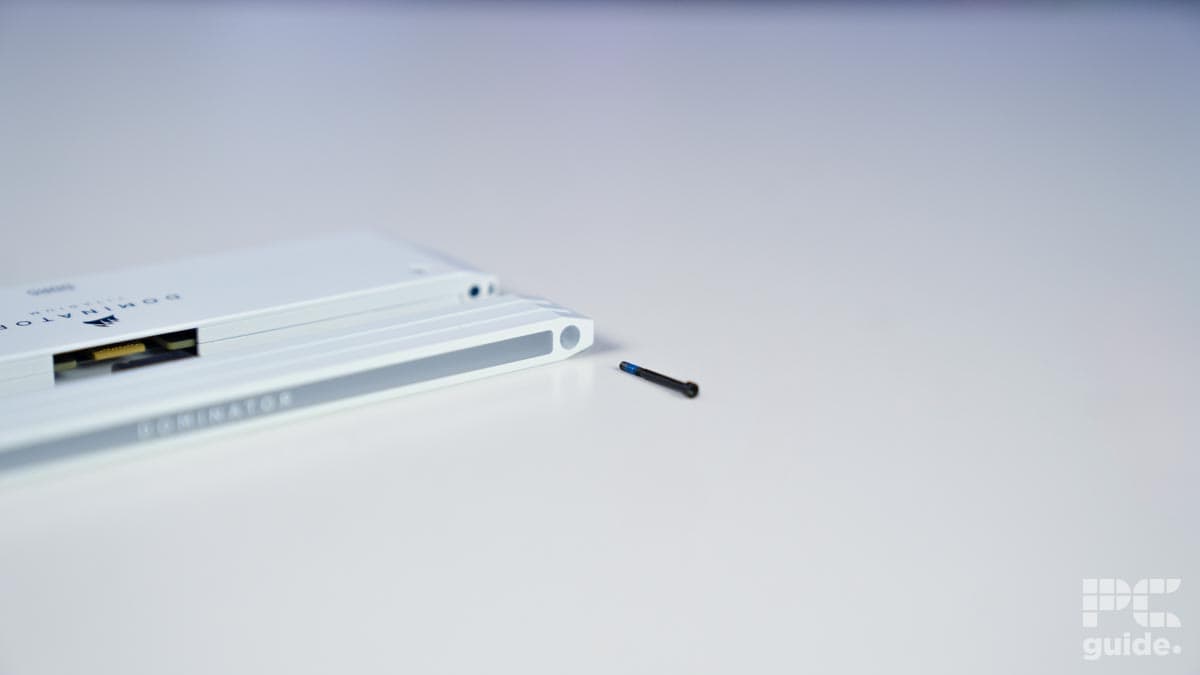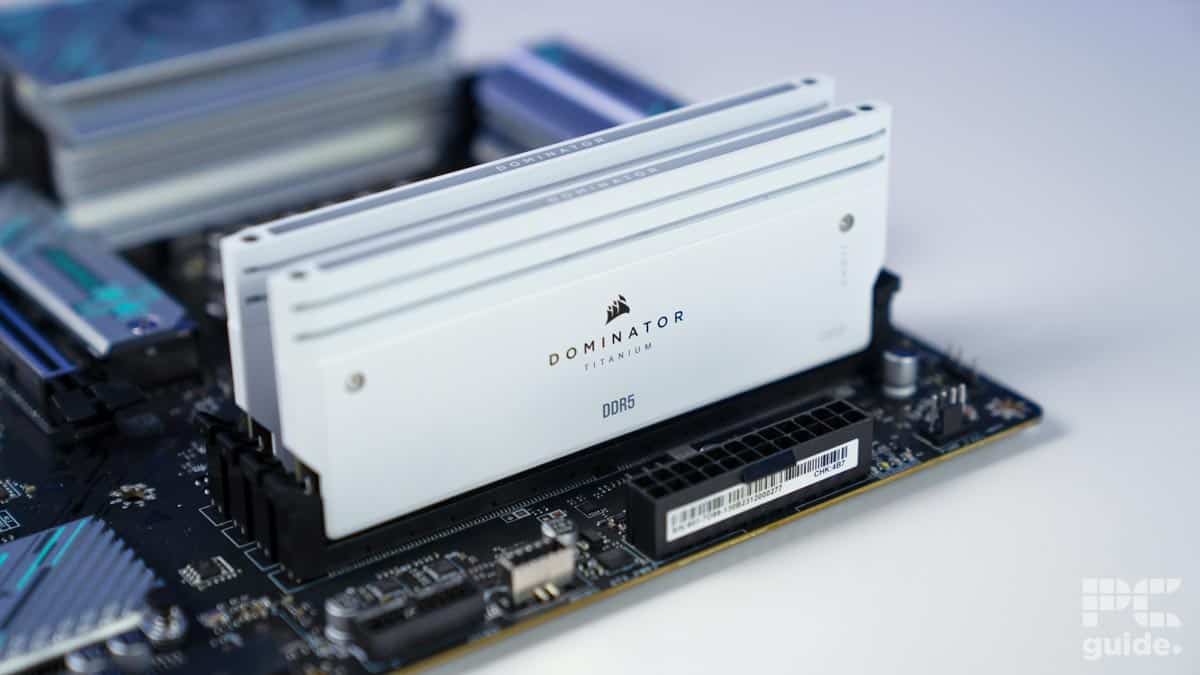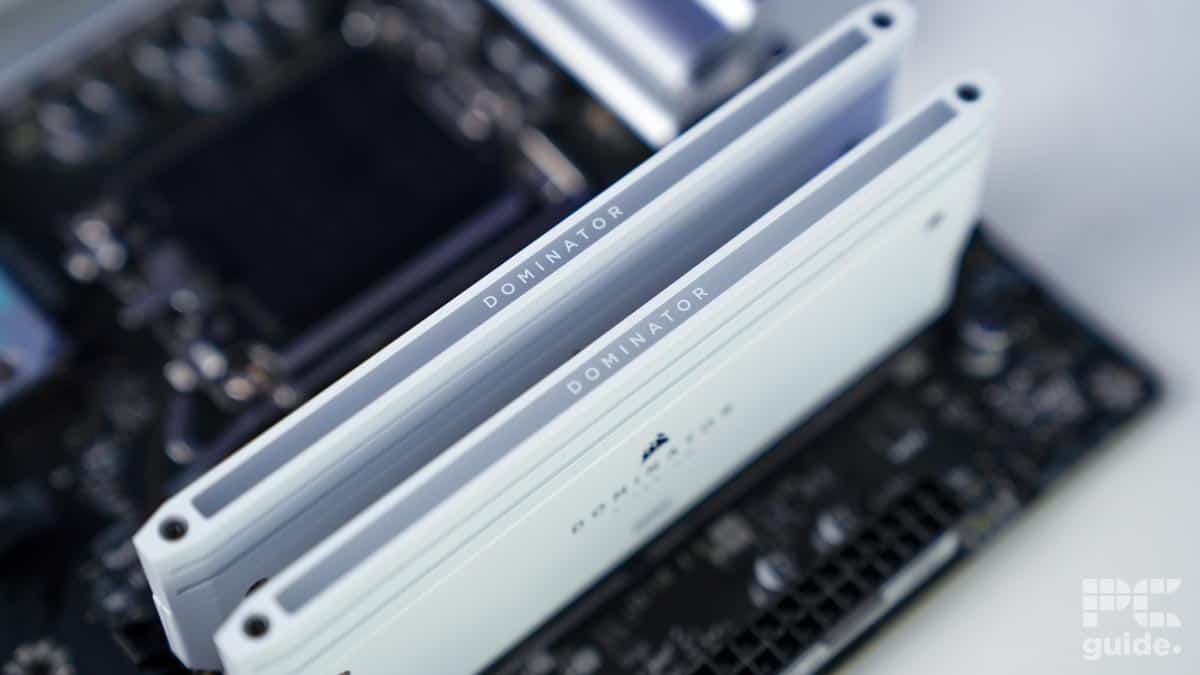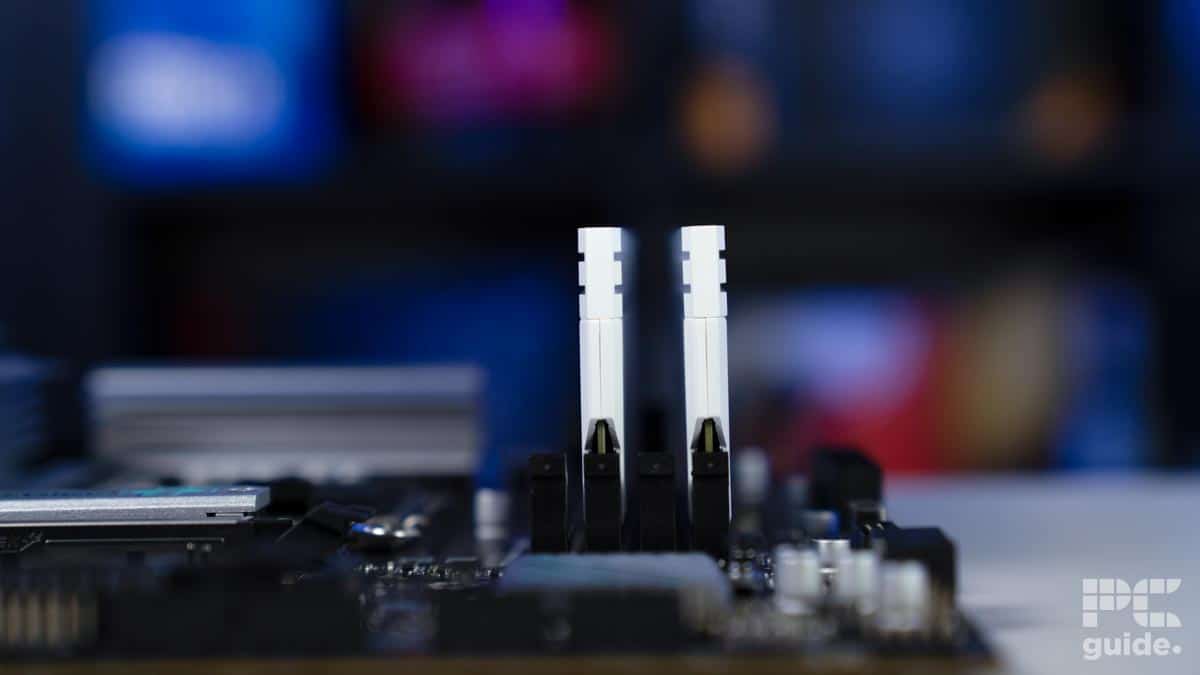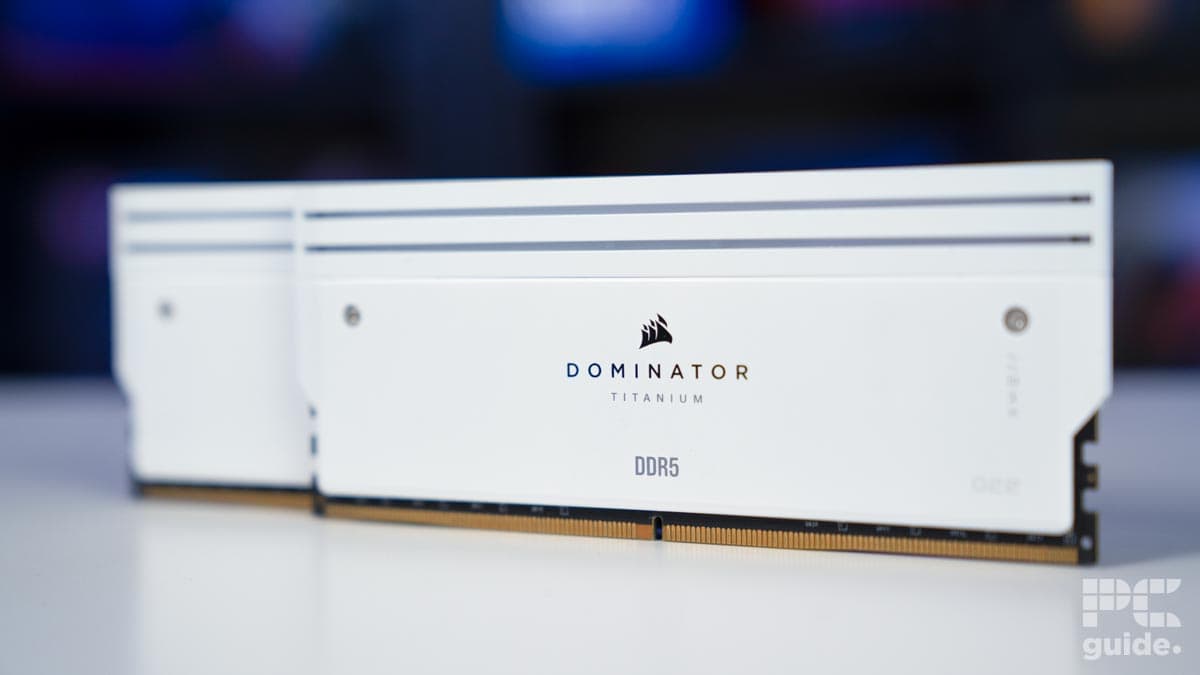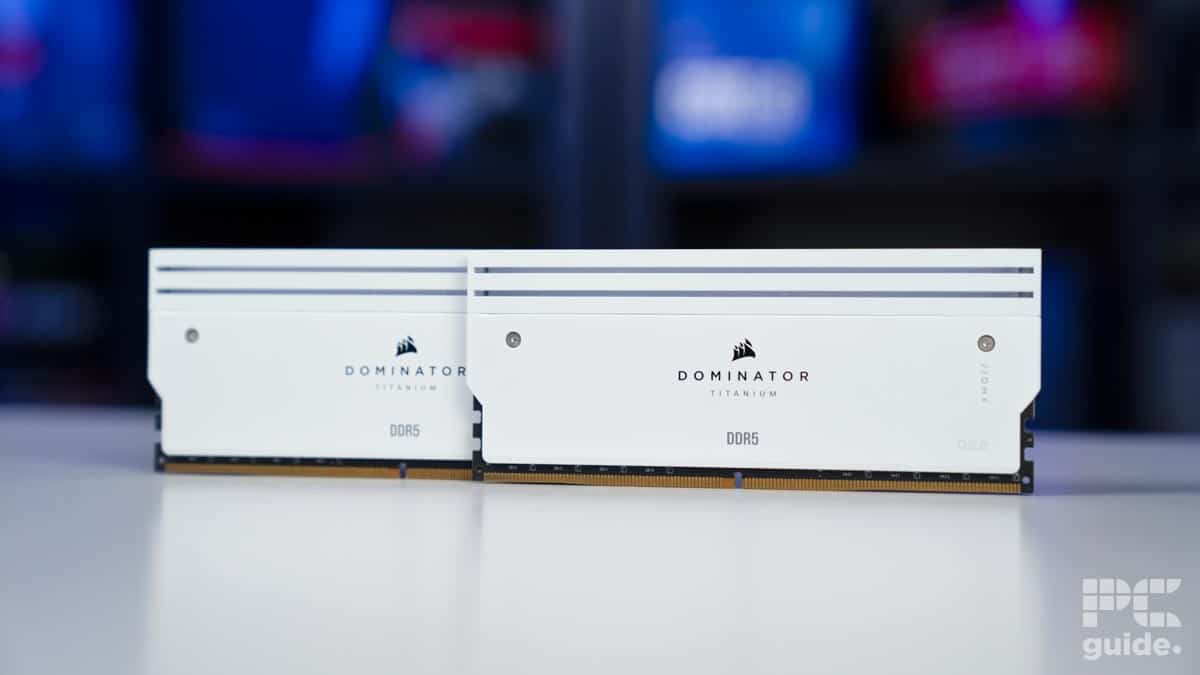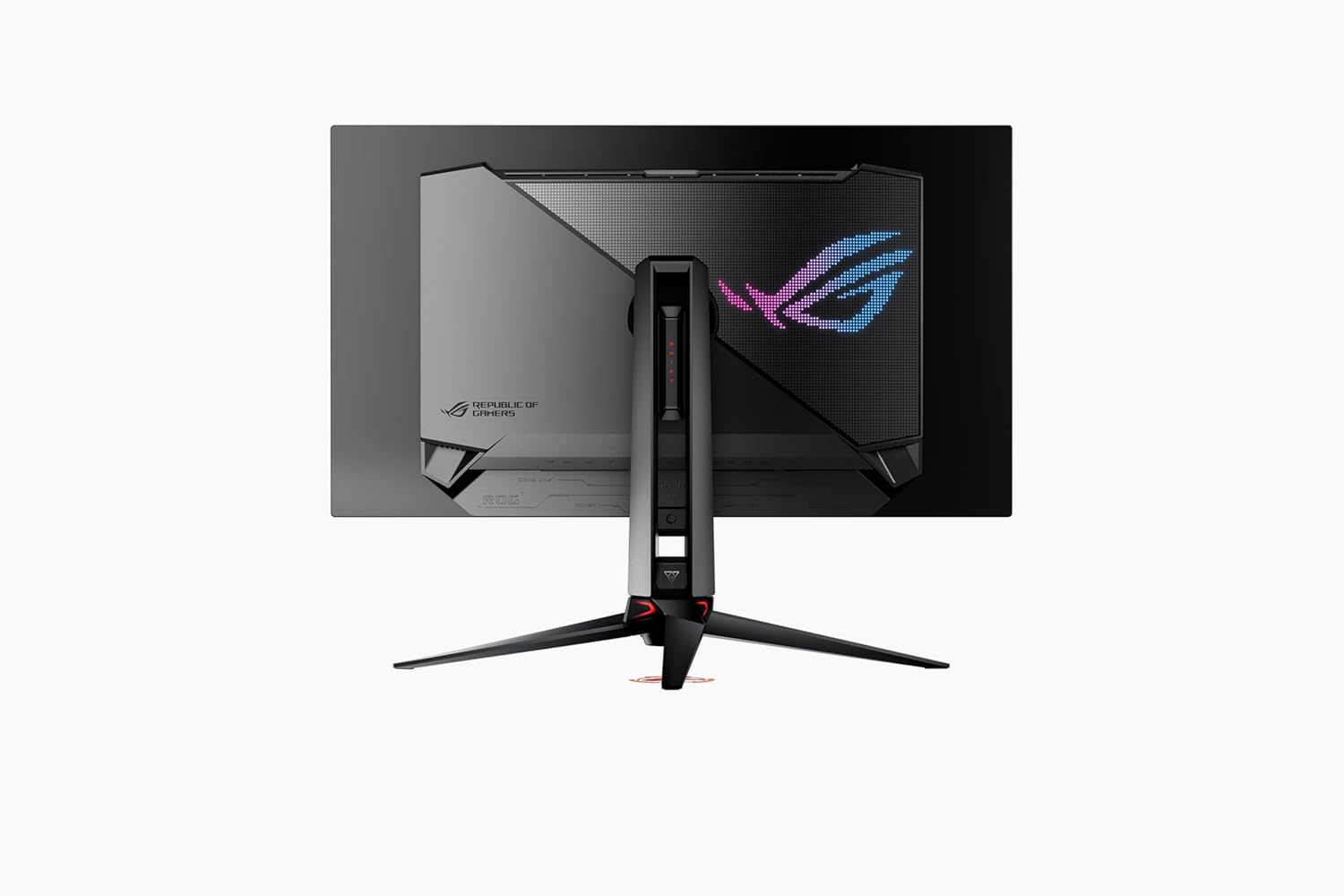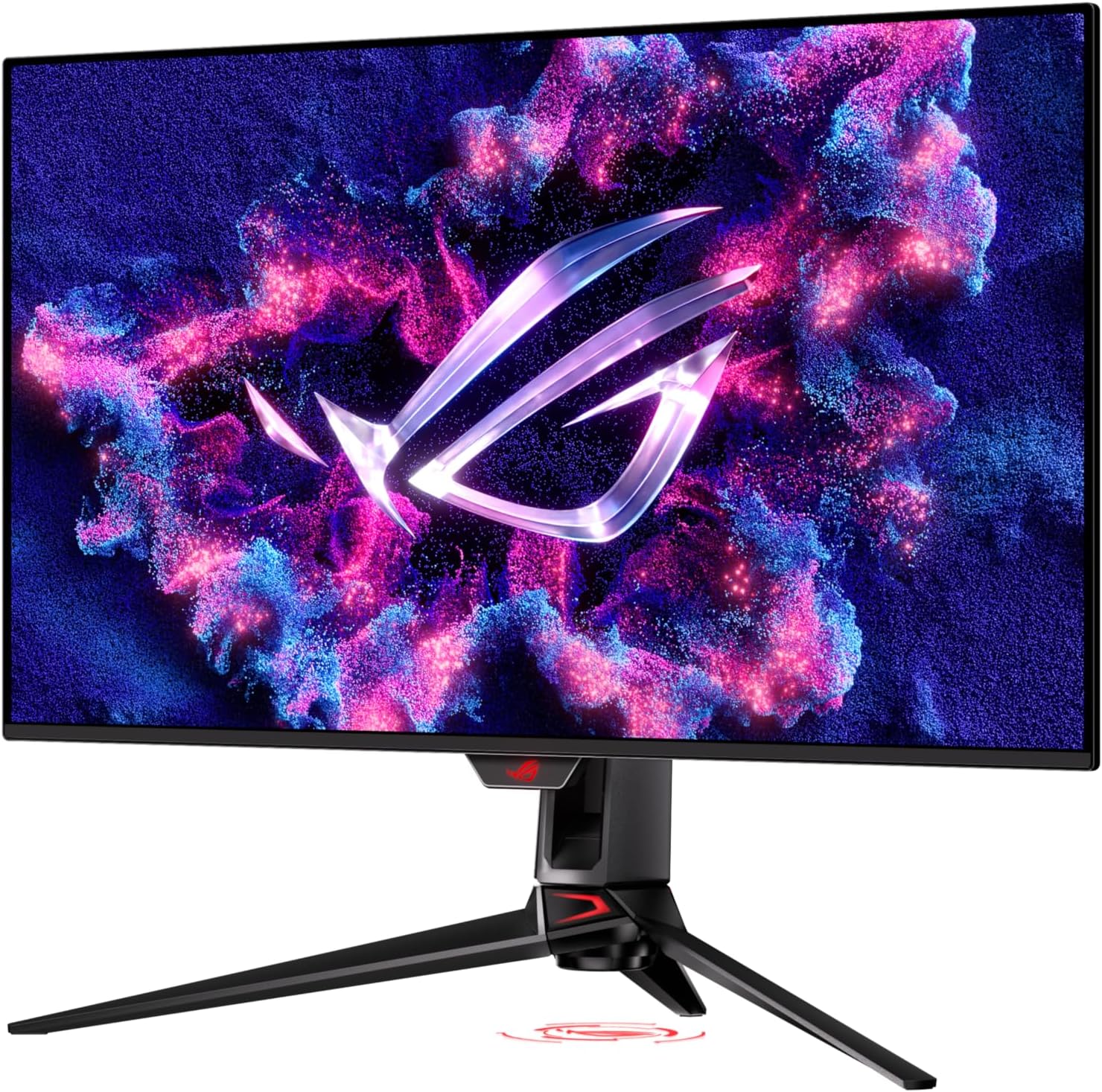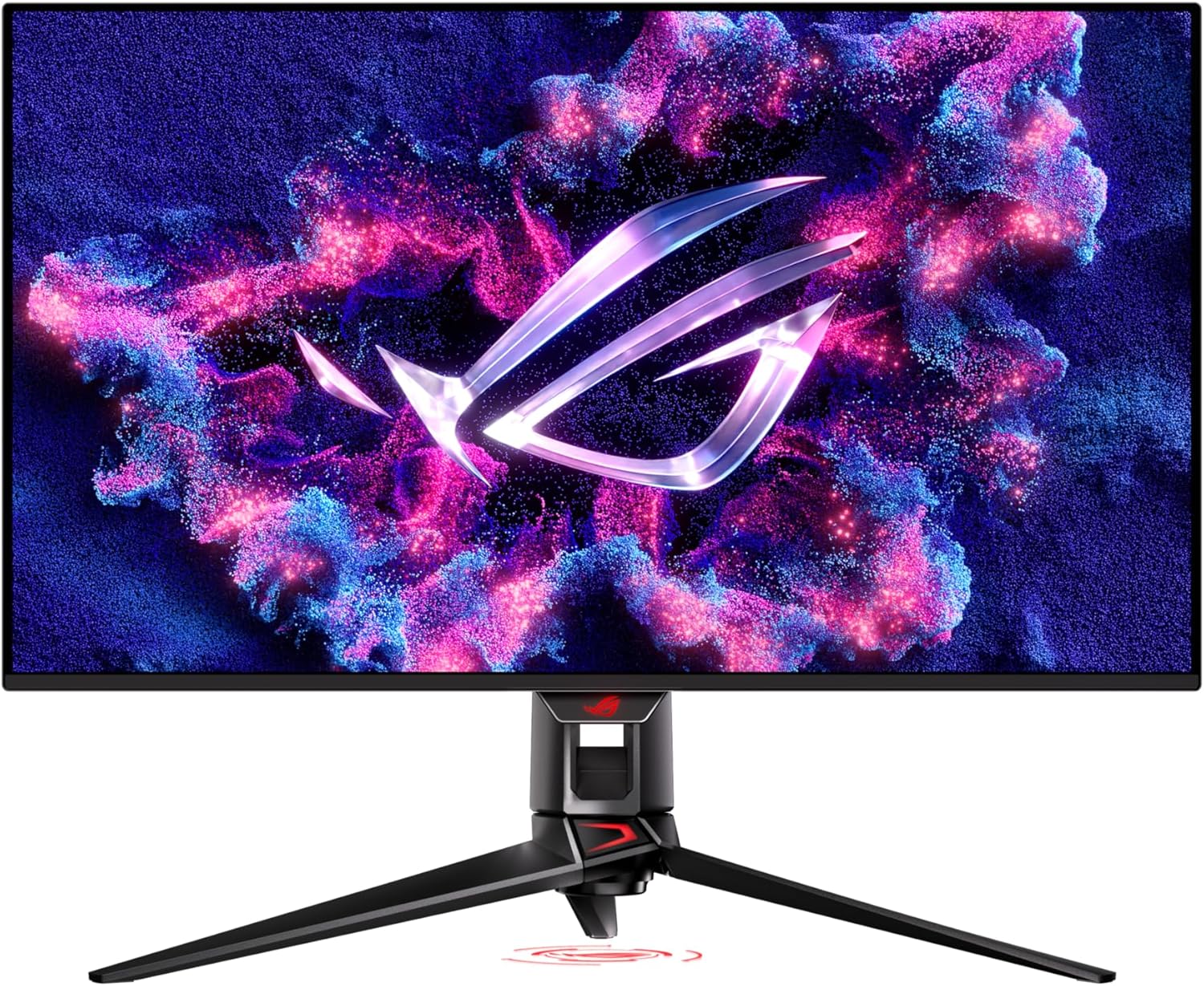ASUS ultimate gaming setup for 2025
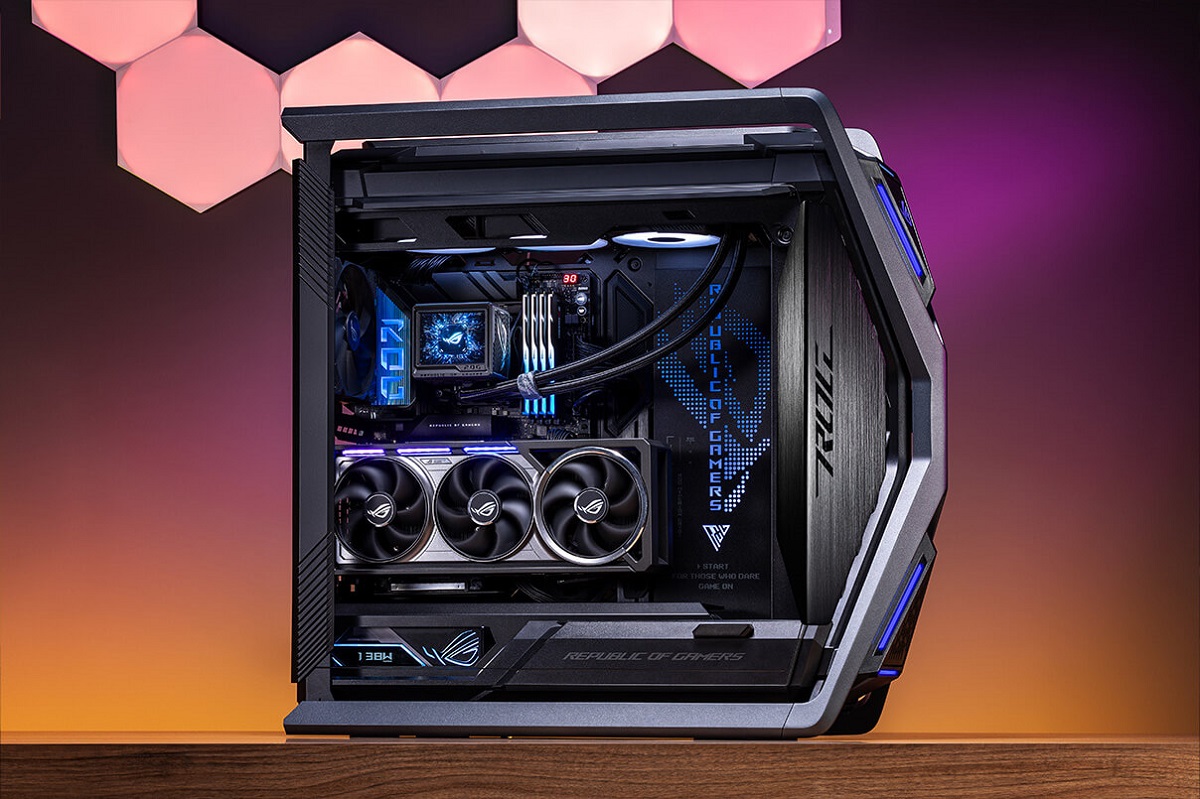
Table of Contents
SPONSORED POST
ASUS are one of the best in the game when it comes to PC gaming hardware and they've tasked us to come up with a top-notch gaming PC using their various product lines. We said: sure, but why not two!?
We like to give consumer choice here at PCGuide, so for each part of the build we've tried to give two different options where possible: one with the most high-end premium components, the other with slightly more affordable (but still powerful) components that give you a bit more bang for your buck. These will both make a truly potent, high-end gaming rig, capable of playing the latest AAA titles at maximum settings, it's just the latter components might lack some of the extra bells and whistles of the premium options.
We'll be constructing this build around a Nvidia 50-series graphics cards (ASUS AIBs specifically) and a Ryzen AM5 processors, as these are the best on the market right now. Everything else will be picked based on compatibility to these products. At the bottom of this page there's also information about the ASUS Deam Build competition the company are running which will let you have the chance to win some of these components. Without further ado, let's take a look!
PC case
Beginning with the PC case, ASUS do a variety of options covering different price points, but the two we have selected are our personal favourites. Firstly we have the ASUS ROG Hyperion GR701, which can be bought in either the BTF (Back To the Future) Edition – which will allow you to put together a back-connect motherboard build – or the standard model. Seeing as we haven't yet seen any compatible BTF motherboards with the Ryzen 9000 series processors, we'll be sticking with the standard model. This is by no means a cheap case, nor is it a light one – it's a true PC-building enthusiasts chassis with fantastic cooling potential, striking looks, and ample ports and sockets.
The case comes equipped with four 140mm fans as standard, but can support two massive 420mm radiators simultaneously for your liquid cooling setup, which is rare to see. The space inside is absolutely enormous, and it even extends to dedicated areas inside where you can store your spare parts, and even a screwdriver.

- Size: Mid-Tower
- Motherboard Compatibility: E-ATX
- Max GPU length: 420mm
- Dimensions: 24.5″ x 14″ x 24.5″
Secondly, we have the TUF Gaming GT501, which is an older case but still a solid option, now available for a very reasonable price tag. It can support up to two 360mm radiators, has
420mm GPU clearance, and loads of expansion slots. It's also available in a fetching white color with black accents, if that's a look you want to go for.
For those interested in a dual-chamber setup there's also the newer TUF Gaming GT502, though again as we're not putting together a back-connect build we've chosen to stick with the older model.

- Size: Mid-Tower
- Motherboard Compatibility: E-ATX
- Max GPU length: 420mm
- Dimensions: 25.2″ x 13.3″ x 25.8″
Motherboard
Top pick on our best motherboards for Ryzen 7 9800X3D guide is the ASUS ROG Strix X870E-E. This premium ATX motherboard scored 5/5 in our review and comes with tons of connectivity (including two 40Gbps USB 4/Type-C ports, one 20GBps one with 30W fast-charging power-delivery, and ten USB-A sockets) plenty of M.2 and SATA ports for storage, and supports up to 192GB of DDR5 RAM that can be overclocked to 8000+MT/s. The 18 (110A) + 2 (110A) + 2 (AUX) power stage VRMS offer very stable power for any CPU overclocking and other features like the extra 8-pin EPS connector, 8-layer PCB, alloy chokes and extra durable capacitors all reinforce this.

- Socket: AM5 (LGA 1718)
- Chipset: X870E
- Form Factor: ATX
- PCIe Version: Gen 5 NVMe & Gen 5 GPU
- Memory Speed: 8000+MT/s (OC)
- Memory Capacity: 192GB DDR5
Alternatively, the ASUS Prime X870-P offers many of the same features but for a couple of hundred dollars less. You still get memory support up to 192GB DDR5 8000+MT/s (OC) plus the two 40Gbps USB 4/Type-C ports, but there are fewer USB-A sockets, less heatsinks for the NVMe slots, and the power delivery is 14+2+1 80A DrMOS (though this is definitely still sufficient for CPU overclocking). The main trade-off is the lack of extras to make your life easier when tweaking your build or troubleshooting – there's no ‘easy clear' CMOS, nor is there an error display like on the ROG Strix. Still, if you can live without these it offers great bang for your buck.

- Socket: AM5 (LGA 1718)
- Chipset: X870
- Form Factor: ATX
- PCIe Version: PCIe Gen 5 Storage – PCIe Gen 5 GPU
- Memory Speed: 8000+MT/s (OC)
- Memory Capacity: 192GB DDR5
Graphics card
At the time of writing, shortages of the Nvidia 50-series continue to be a problem, so it's a bit hard to be discerning about exactly which AIB to go for, given you'll be lucky to find any in stock (see our RTX 5090 & 5080 stock tracker for more info). Still, if you're looking for an RTX 5090, then you won't go wrong with the ASUS TUF Gaming GeForce RTX 5090, which is a slightly more affordable AIB and our pick for best value for money RTX 5090.

- GPU: GB202
- CUDA cores: 21,760
- VRAM: 32GB GDDR7
- Memory bus width: 512-Bit
- Base clock speed: TBD
- Boost clock speed: TBD
A more premium AIB but for one SKU lower, the ROG Astral GeForce RTX 5080 16GB GDDR7 OC Edition is the first quad-fan graphics card in the ROG line. Besides the extra fans you get increased heatsink fin density, plus vapor chamber cooling to boot. In short, this card should run and run for years.
- GPU: GB203
- CUDA Cores: 10,752
- VRAM: 16GB GDDR7
- Memory Bus Width: 256 bit
- Base Clock Speed: 2,295 MHz
- Boost Clock Speed: 2,790 MHz
Processor
AMD have dominated the processor market in 2025, so both of our processor picks are from their Ryzen range, and it's no surprise which two we've gone for. The Ryzen 7 9800X3D remains the best CPU for gaming, so gets our top pick. Although the upcoming release of the Ryzen 9 9900 X3D and 9950X3D may also interest you if your focus doesn't just lie with gaming, the single-core performance on both of these cards likely won't be much better than that of the 9800 X3D for considerably more money, so we'd only recommend them if you'll also be using mult-core dependent applications.

- Cores: 8
- Threads: 16
- Boost clock speed: 5.2GHz
- Base clock speed: 4.7GHz
- L3 cache: 96MB
- TDP: 120W
- Platform: AM5
The more affordable choice comes in the form of the previous-gen AMD Ryzen 9 7900X3D, which comes with the same 3D V-cache technology, and still packs an impressive punch. This CPU uses the same AM5 chipset as the later 9000 series, so the motherboards above can be used with either.
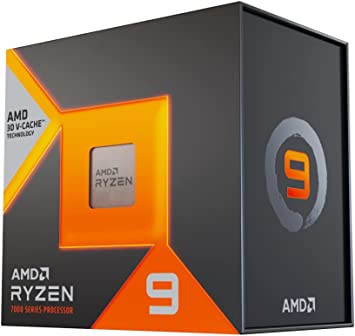

- Cores: 12
- Threads: 24
- Boost clock speed: 5.6 GHz
- Base clock speed: 4.4 GHz
- L3 Cache: 128MB
- TDP: 120W
- Platform: Socket AM5
AIO cooler
The most high-end of the ASUS liquid cooler range (which has many excellent entries) is the ROG Ryujin III ARGB Extreme, which comes with an Asetek Emma Gen8 V2 pump plus thickened magnetic daisy-chainable fans. However, this model is limited to a 360mm radiator, so if you want to maximize the full 420mm radiator size of the Hyperion GR701 case then you might want to look at the more subtle-looking ProArt LC 420 instead.


- Cooling Method: Liquid
- Noise level: 31.5dBa
- Material: Copper, Aluminium
- Fan size: 140mm
- Max fan speed : 2,000 rpm
- Thermal paste: Pre-applied
A more affordable, but still very capable option once again comes from the trusty TUF range, in the form of the TUF Gaming LC II ARGB, which comes up to 360mm in size.

RAM
If you're pairing RAM with one of the Ryzen processors listed above then you'll need something capable of speeds of 6,000MT/s or higher. If you're looking for nice aesthetics as well as high performance in your build, then the Corsair Dominator Titanium is a great premium choice (and our pick for best RAM for Ryzen 9 9950X). It's particularly nice if you're looking for a white build.

- Capacity: 64GB (2x32GB)
- Generation: DDR5
- Speed: 6600MT/s
- CAS Latency: CL32
Alternatively, Corsair's Vengeance line offers solid performance at a cheaper price. Specifically we'd go for the 6000MT/s CL30 variant.
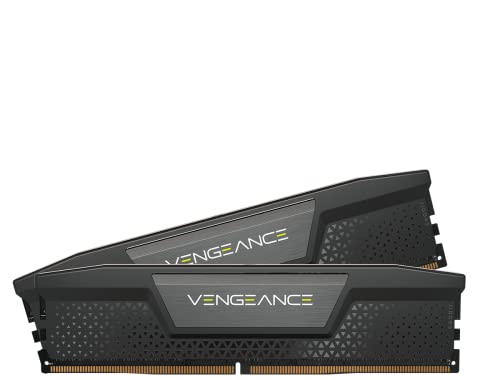
- Capacity: 32GB (2×16)
- Generation: DDR5
- Speed: 6,000MT/s
- CAS Latency: CL30
SSD
To take advantage of those new PCIe 5.0 M.2 slots, we recommend you consider the Crucial T705 SSD, which is pretty much the fastest storage in the game at the moment, though it isn't cheap.

- Sequential Read speed: 13,600 MBps
- Sequential Write speed: 10,200 MBps
- Capacity: 1TB
- Type: M.2 2280 NVMe
For the PCIe 4.0 M.2s the WD Black SN850X is a high performer. Though the MSRP isn't overly cheap, we've frequently seen it on offer. You can pick it up with or without heatsinks.

- Sequential Read speed: 7300 MBps
- Sequential Write speed: 6600 MBps
- Max Capacity: 8 TB
- Type: M.2 2280 NVMe
PSU
ASUS does a solid range of power supplies, covering a whole range of price points. In terms of Wattage, you can get by with a 1000W PSU on a RTX 5090 and Ryzen 9 9950X3D (575W+230W = 805W, with 195W to play with for the rest of the build), however, if you want a lot of RGB in your setup, plus headroom for future upgrades and expansion, then for the premium setup we'd consider 1200W. As a result our top pick is the ASUS ROG STRIX 1200W 80+ Platinum ATX 3.1 PSU, which has superb efficiency and reliability. If you want to take things even further you can go for the ROG THOR 1200P2 Gaming, which is ‘the quietest PSU in its class'.
Both of these products come with the latest GaN MOSFETs – a smaller, more efficient transistor design – and a better organized internal layout. This means greater room for internal airflow within the PSUs as well as power efficiency up to 30% greater than power supplies using standard MOSFETs. Both also feature a ‘GPU-First' voltage system, backed up by ASUS' ‘intelligent voltage stabilizer' tech, which essentially ensures that power delivery to the graphics processor is as uninterrupted as possible; enhancing voltage delivery to the graphics card by up to 45%, and making for a smoother gaming experience.

- Form Factor: ATX
- Wattage: 1200W
- Efficiency Certification: Platinum 80 PLUS
- Modularity: Fully modular
- Intel PSDG Standard: ATX 3.1
- Dimensions: 16 x 15 x 8.6 cm
If you're happy with 1000W and don't necessarily need the best power supply in town, then the TUF Gaming 1000W Gold is still an excellent pick with great efficiency and reliability, but a more affordable asking price.
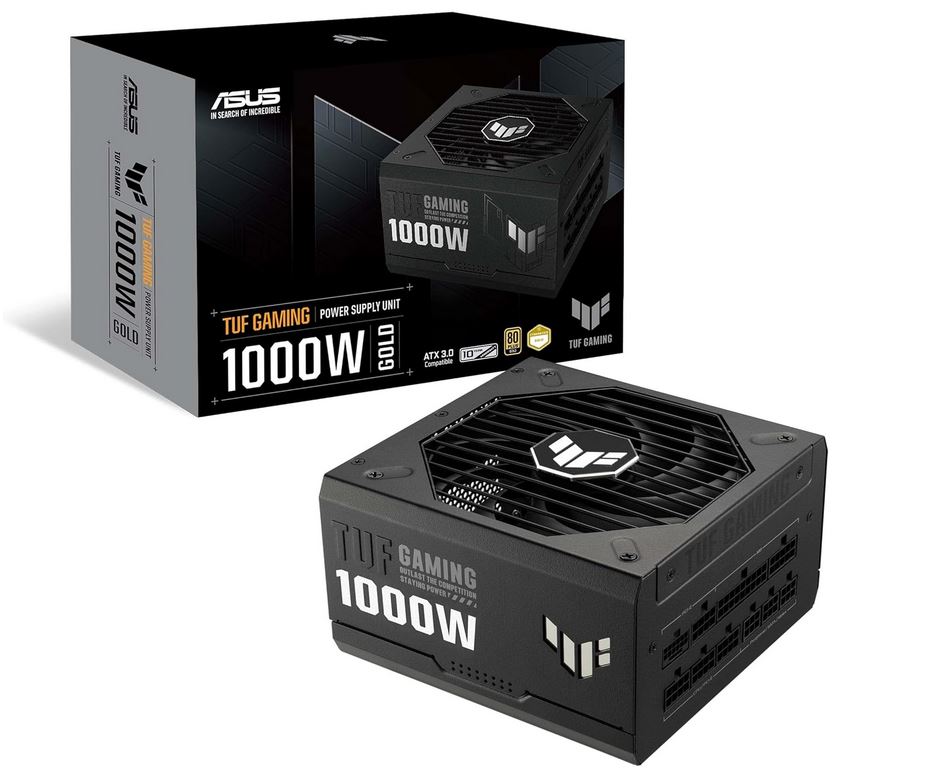
- Form Factor: ATX
- Wattage: 1000W
- Efficiency Certification: Gold 80 PLUS
- Modularity: Fully modular
- Intel PSDG Standard: ATX 3.1
- Dimensions: 5.9″ x 5.9″ x 3.4″
Monitor
If you're after a 4K monitor then the ASUS ROG Swift OLED PG32UCDM is a cracking choice. This 32-inch beast has a max refresh rate of 240Hz, fantastic vivid colors, plus the top-notch contrast ratio and response time you'd expect from an OLED panel. There's always the PG32UCDP as well if you want the dual-mode option to switch between 240Hz 4K and 480Hz 1080p. This also comes with a slightly more matte-looking finish to its WOLED panel (as opposed to the more glossy finish on the QD-OLED panel of the PG32UCDM).
- Panel type : QD-OLED panel
- Resolution: 3840 x 2160
- Refresh rate: 240Hz
- Response time: 0.03ms
- Panel size: 32″
Alternatively, if you're not fussed about 4K but want to maximize FPS at 1440p then the 27-inch ASUS ROG Strix OLED XG27ACDNG is another great option. With a max refresh rate of 360Hz, this QD-OLED panel also comes with the same excellent contrast ratio and response times, plus Extreme Low Motion Blur technology.
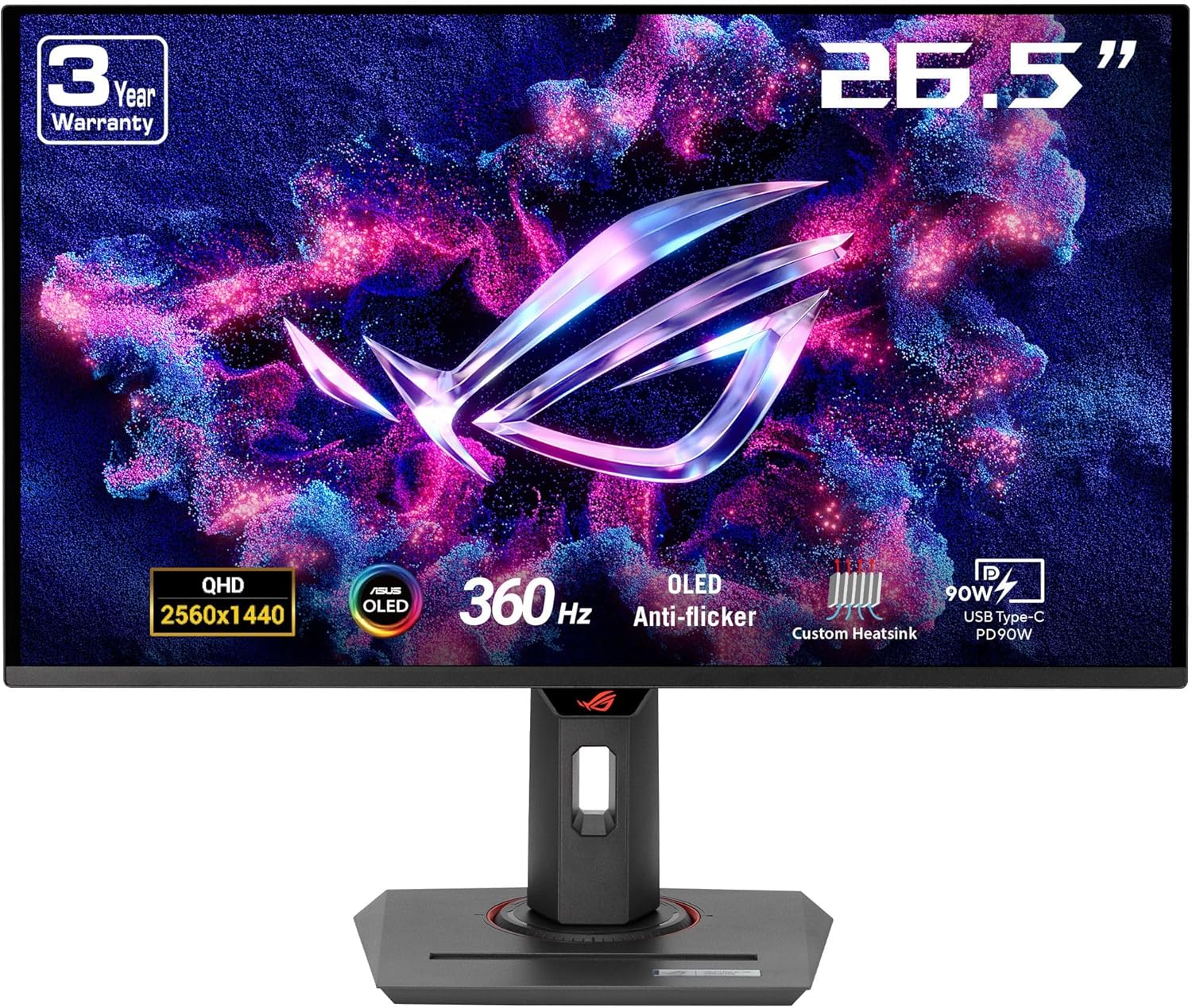
- Panel type: QD-OLED
- Resolution: 2560 x 1440
- Refresh rate: 360Hz
- Response time: 0.03ms
- Panel size : 27”
Make Your Dream PC A Reality! Giveaway

From March 4th – April 17th, 2025 ASUS is running a Dream PC parts giveaway where you can have the chance to win some of the products listed above, including AMD/Intel 800 motherboards, GeForce RTX 5080/5070 graphics cards, and more!
There are actually two competitions running within the promotion, both of which require you to subscribe to the company’s media channels and complete specific tasks on their Gleam promotional platform. Details on how to enter these are below, as taken from the ASUS website. Click this link to find out more:
ASUS Prizes
- Subscribe to ASUS & ROG social media channels.
- Interact with any of our #AsusDreamBuild💪 content.
- Answer the questions and get a chance to win the grand prize.
- Complete the 【Content Creator】 question and upload your AIO cooler LCD design to improve your chances of winning!
- Win bonus points by signing up for an ASUS membership.
ASUS Special Prizes
- Subscribe to ASUS & ROG social media channels.
- Interact with any of our #AsusDreamBuild💪 content.
- Check out the AI Advisor articles to see how to download ASUS AI Advisor.
- Upload a screenshot showing your interaction with ASUS AI Advisor.
- Share a photo of your PC build featuring an ASUS motherboard with an ASUS AIO cooler or ASUS graphics card on your Instagram profile. Tag @ASUS or @ASUSROG and use the hashtag #AsusDreamBuild.
- Take a screenshot of your Instagram story and upload it to complete your entry.

